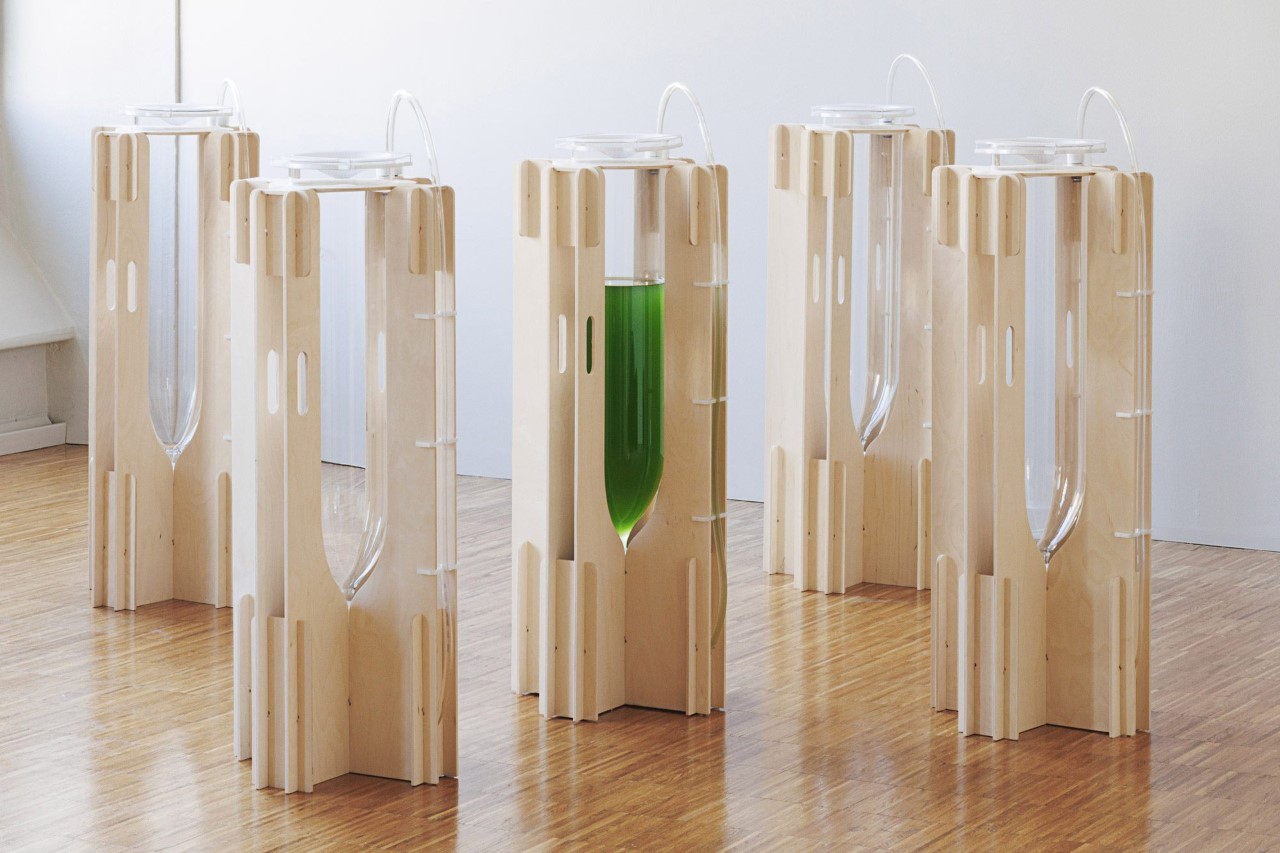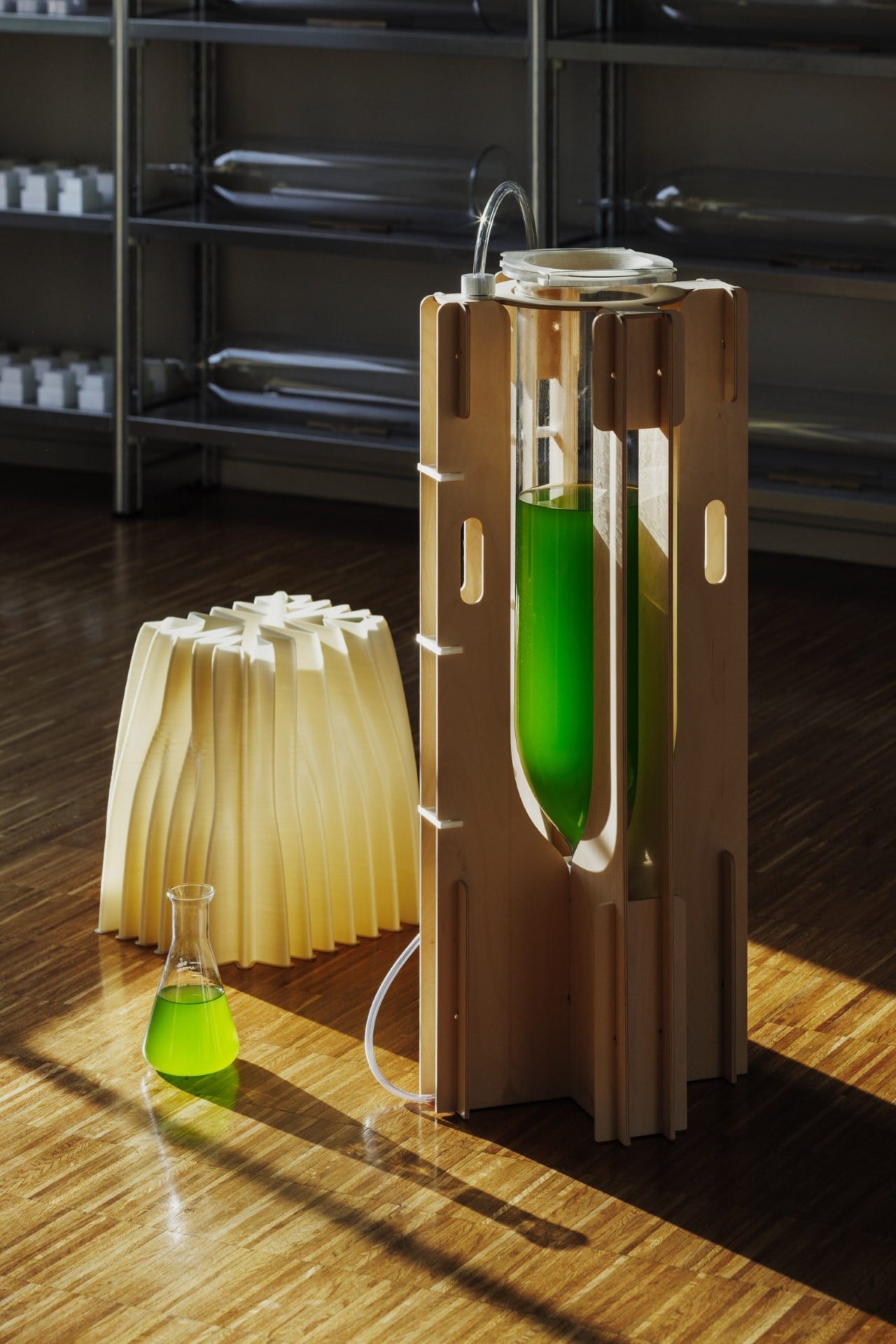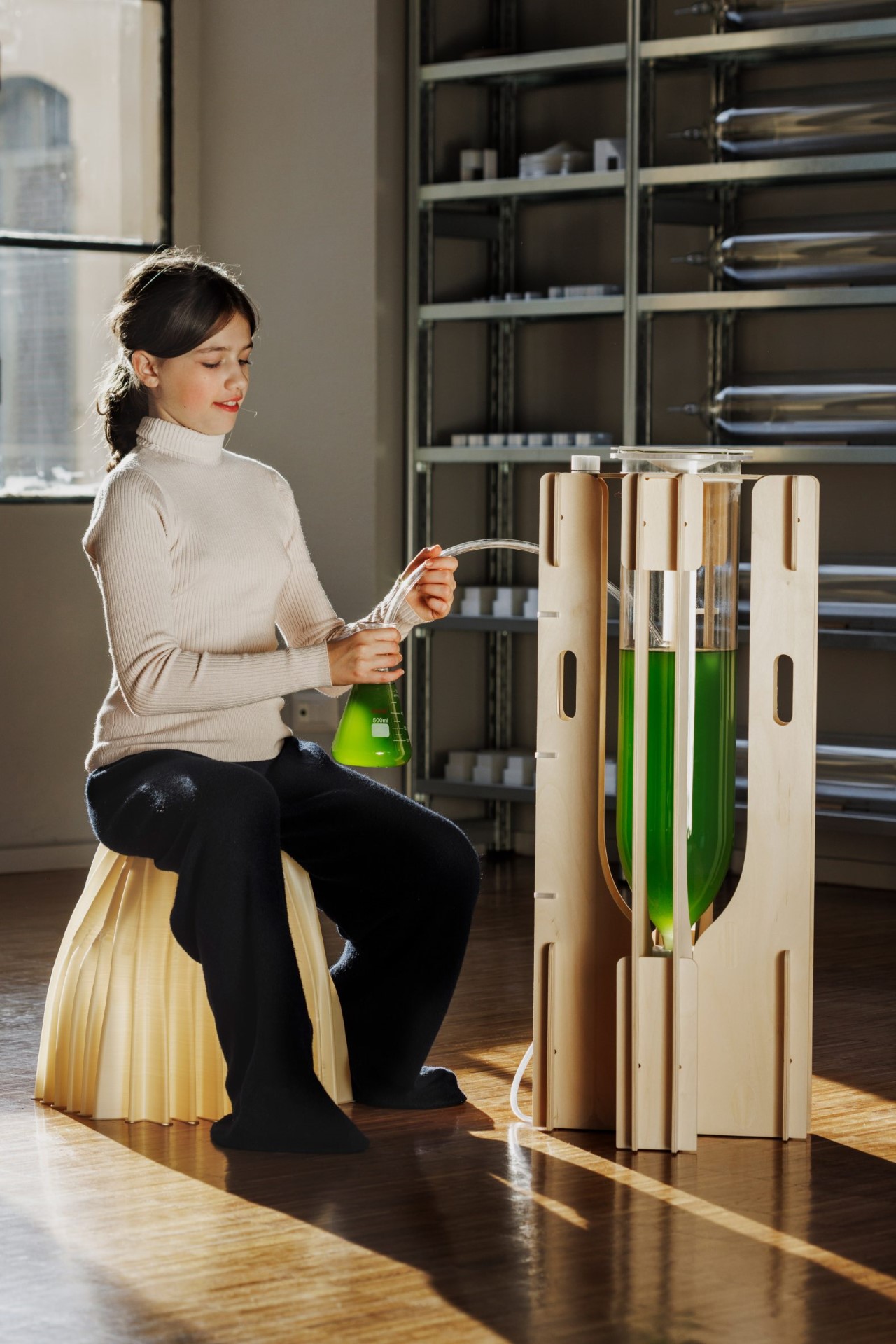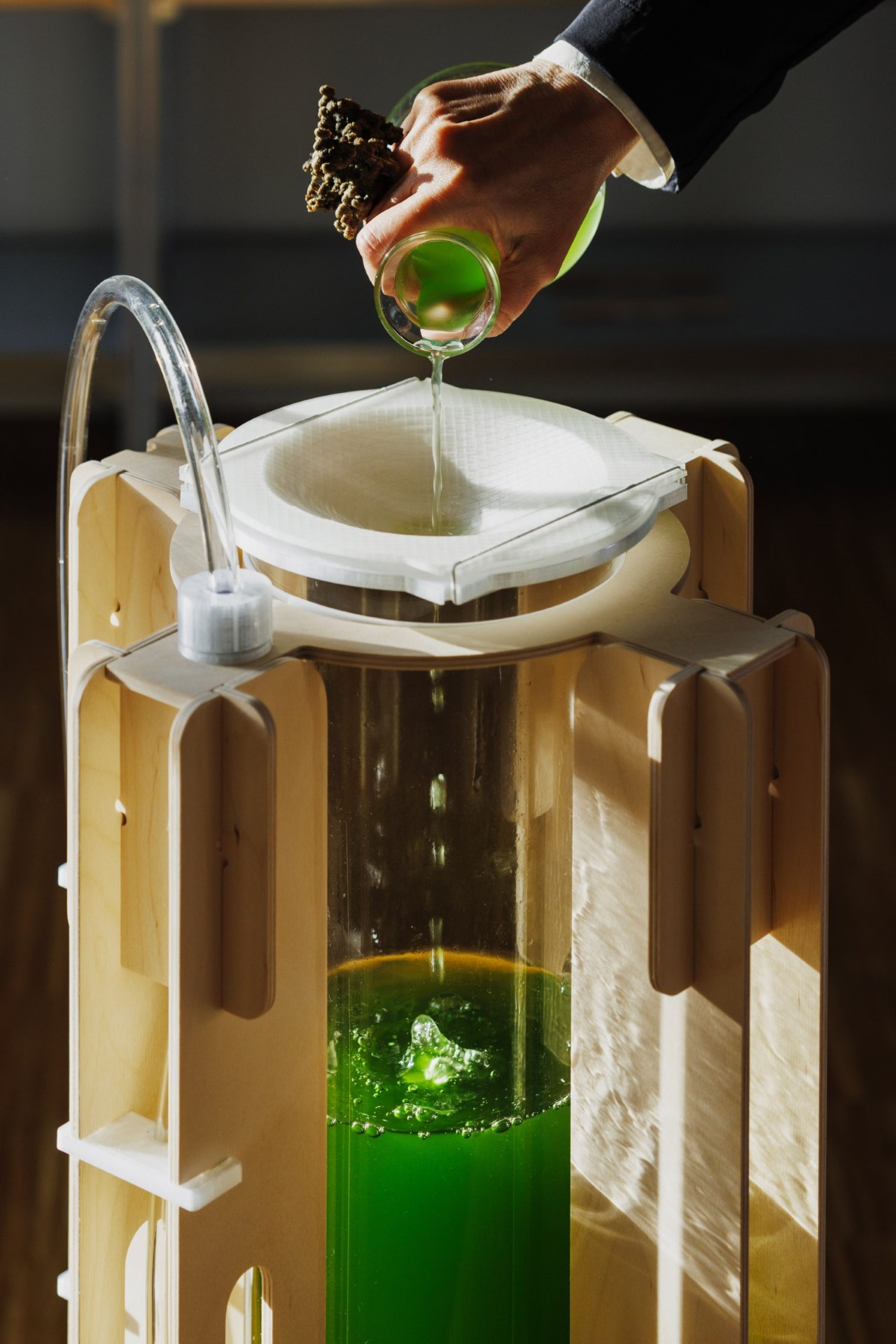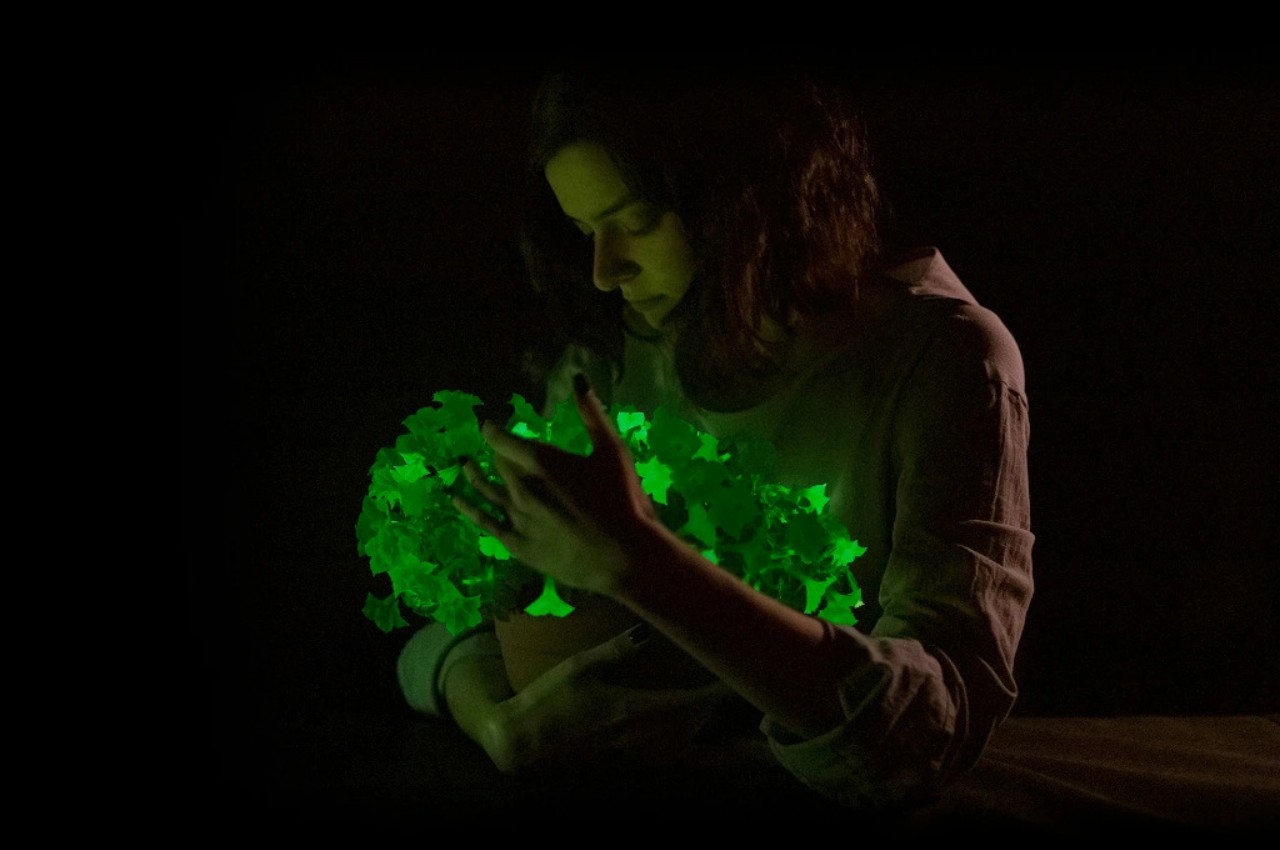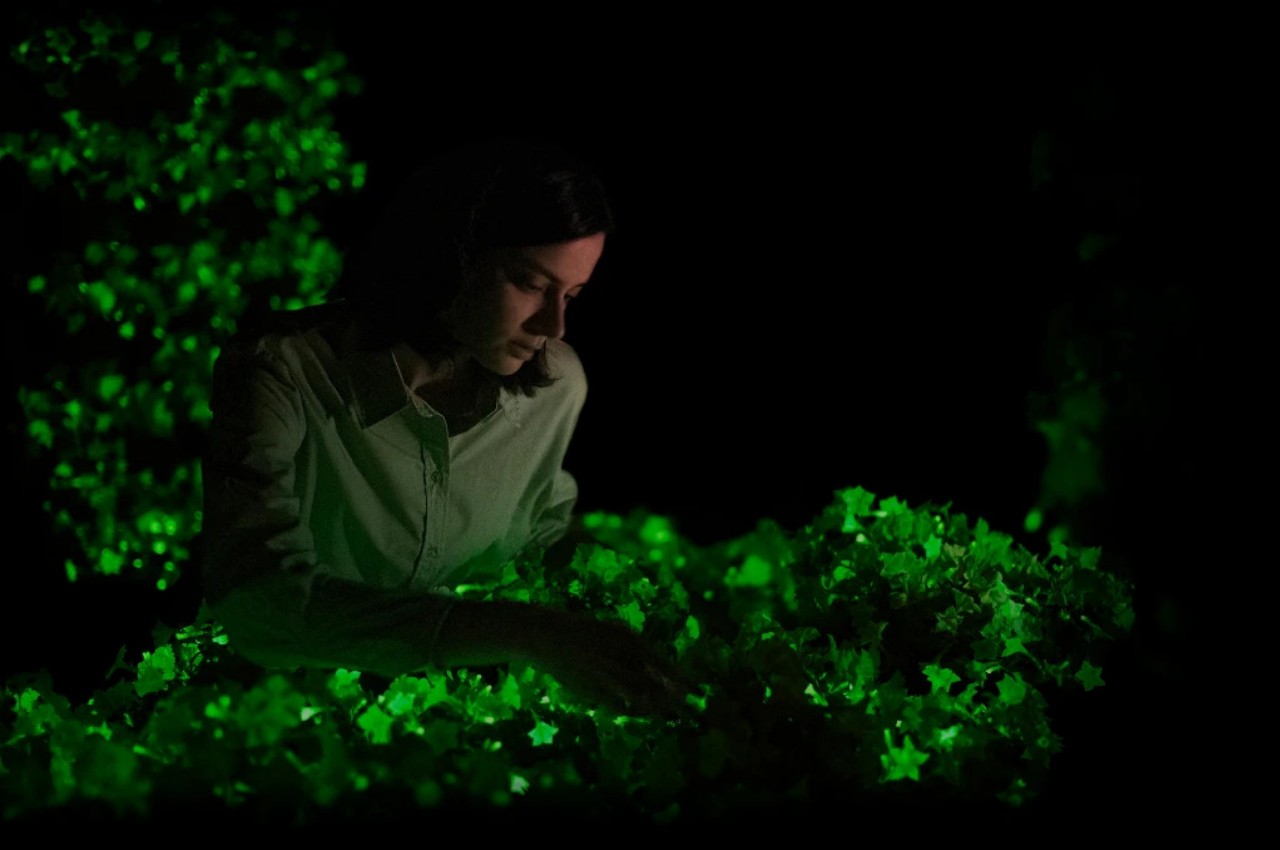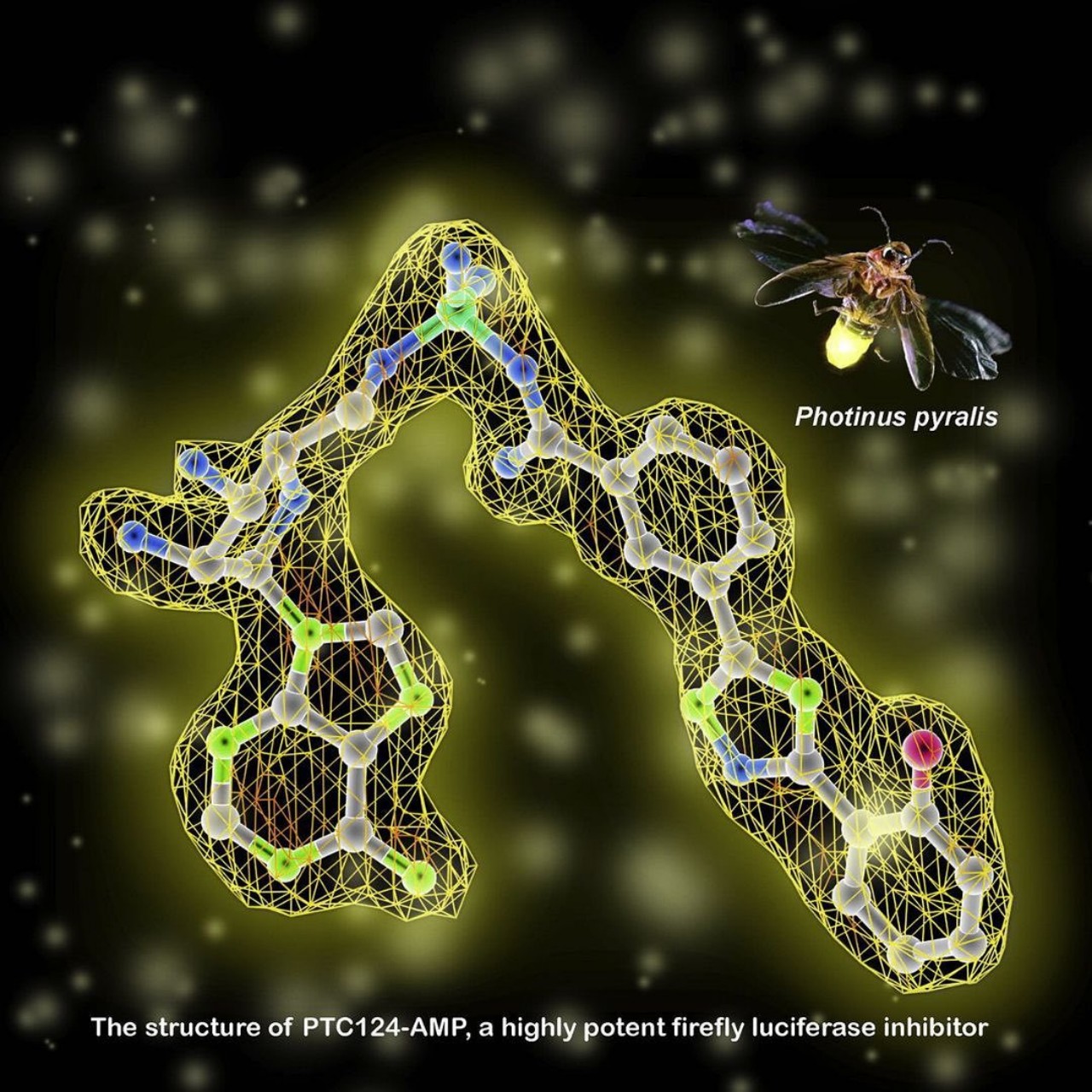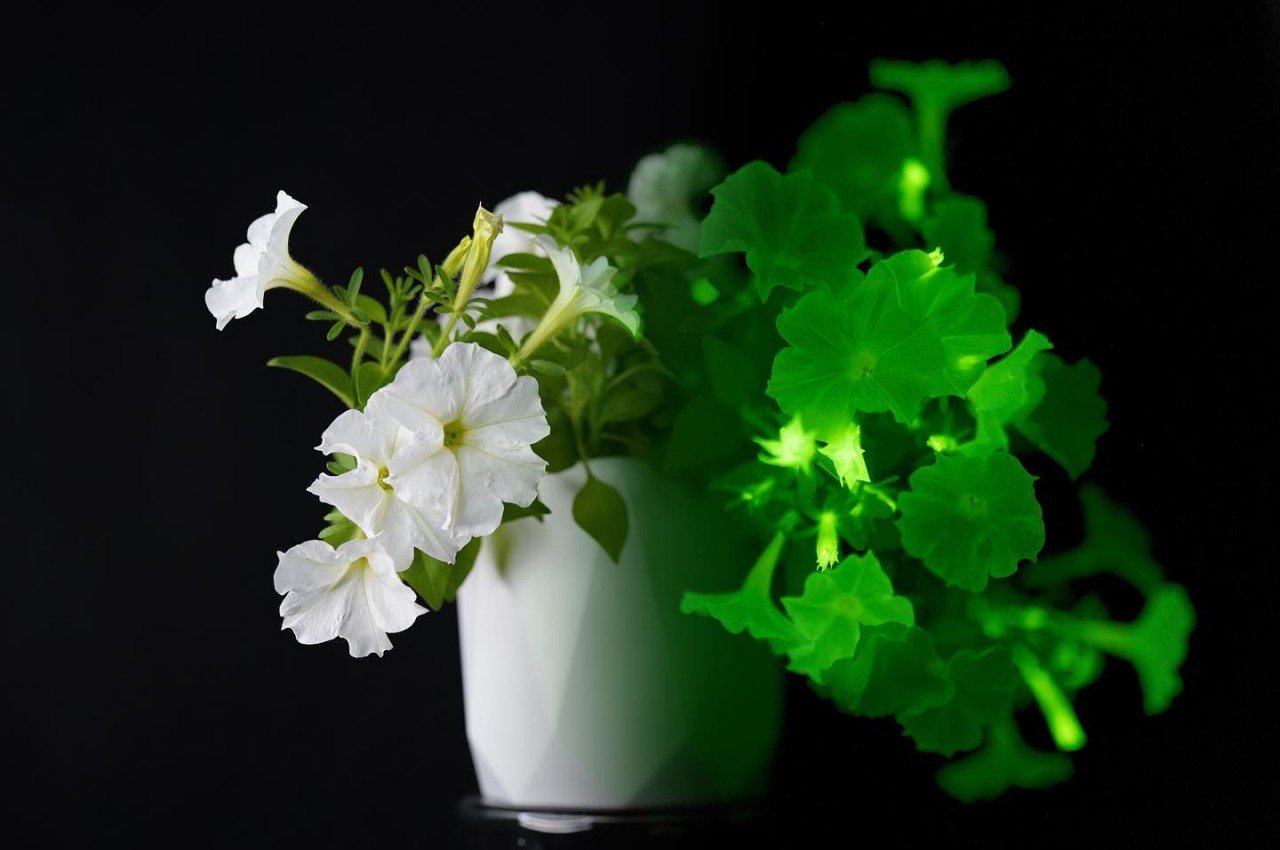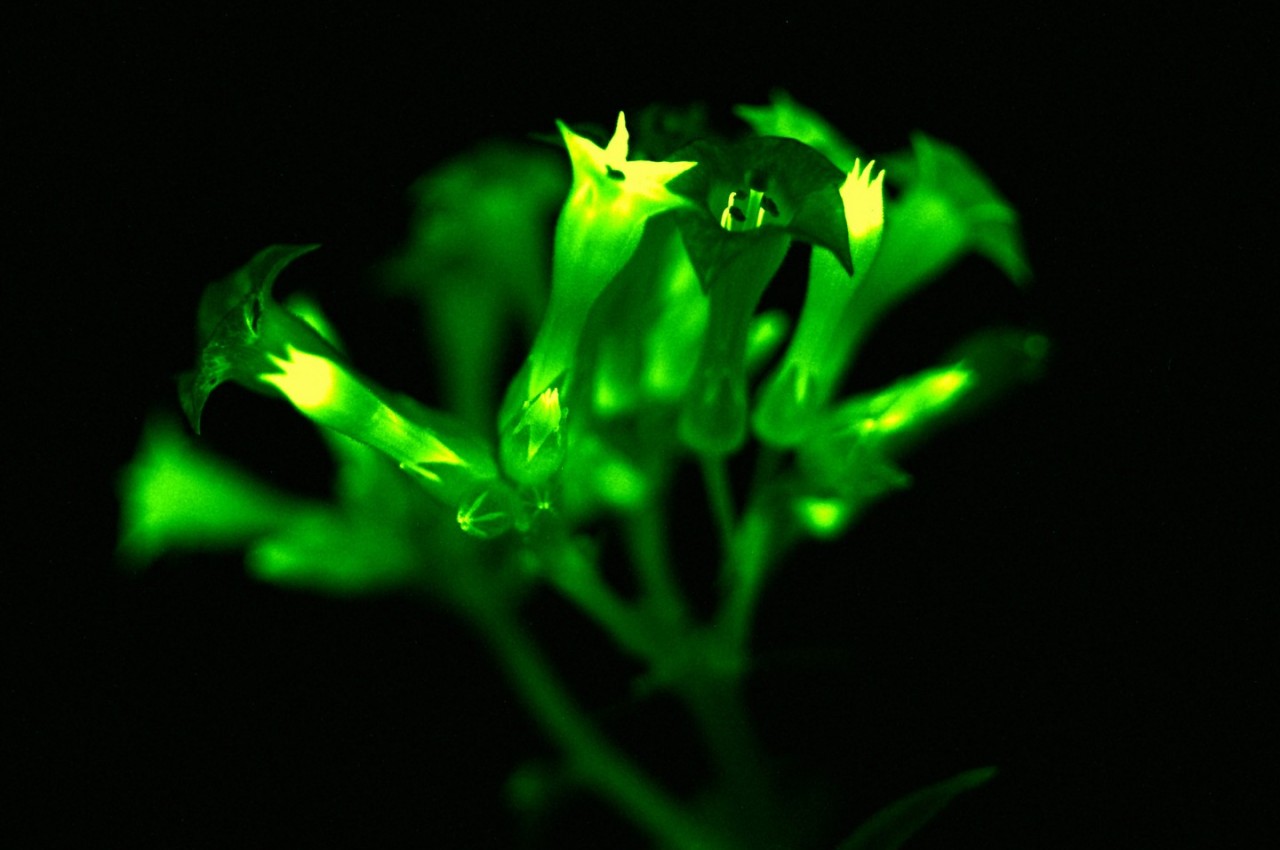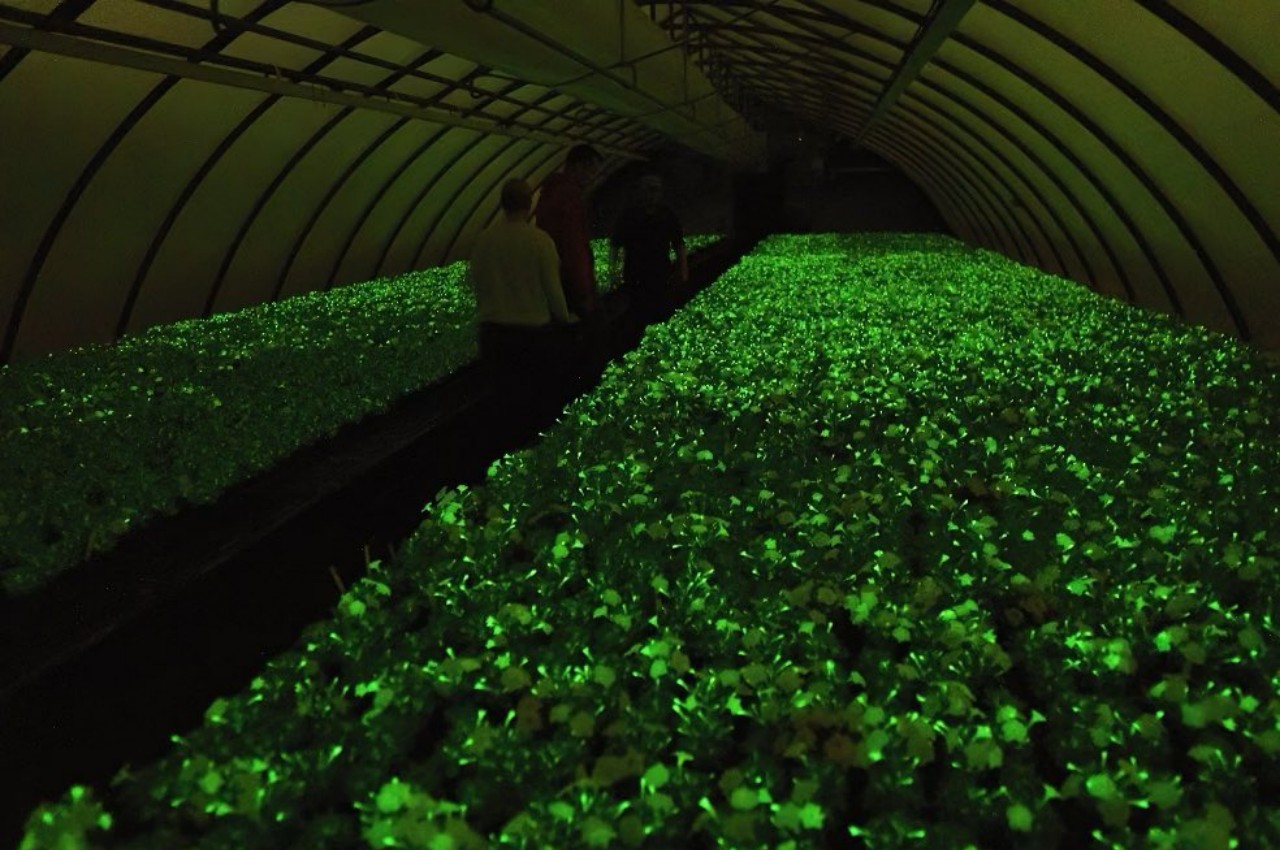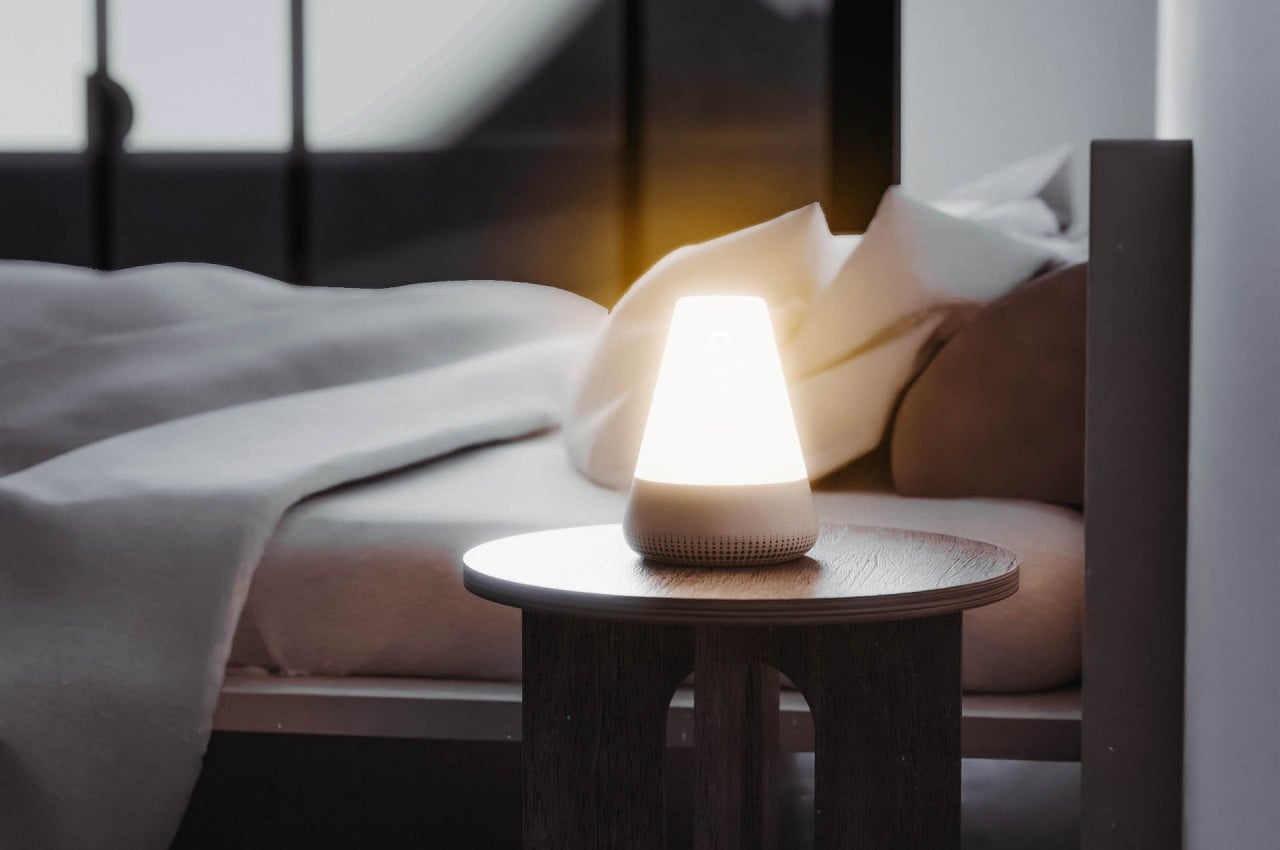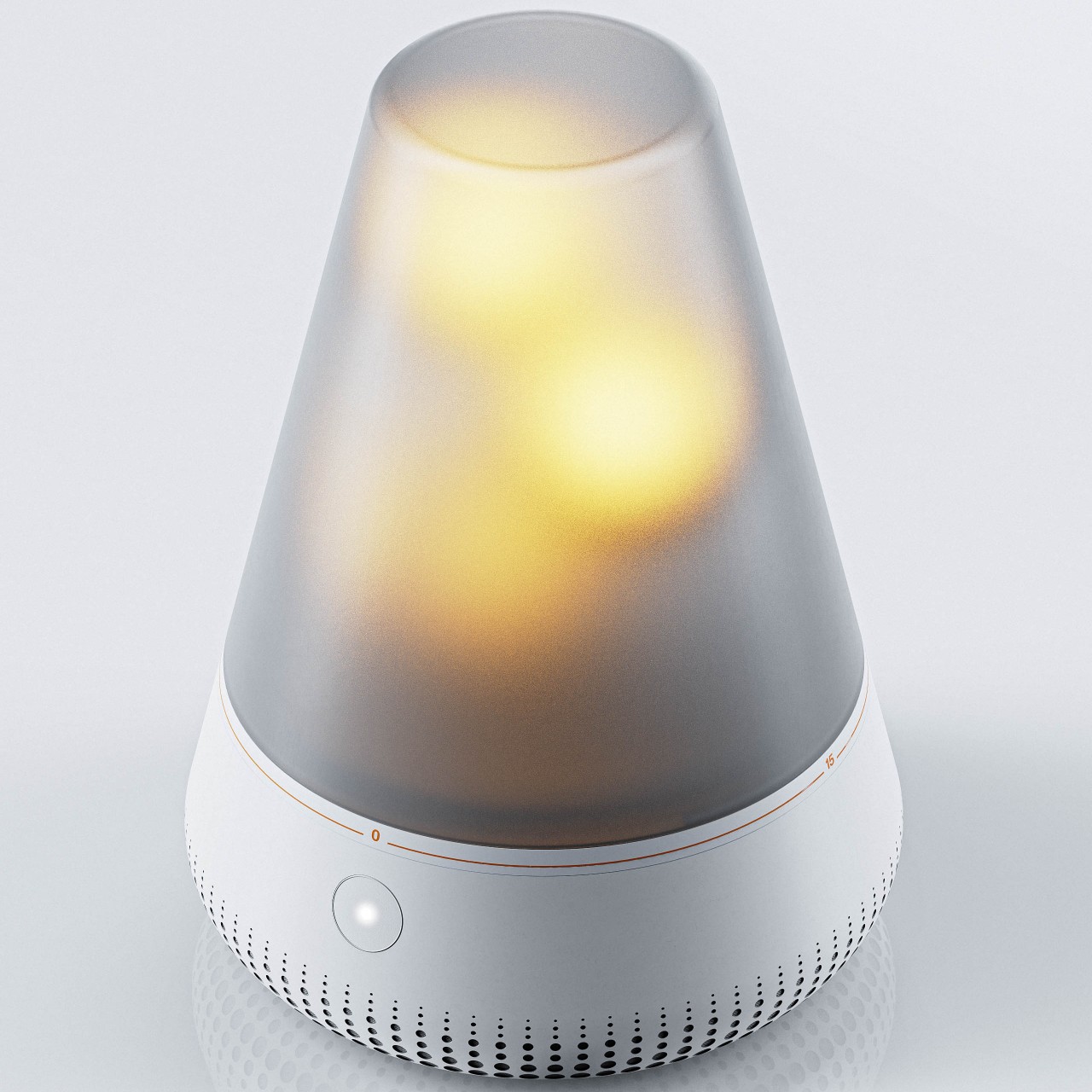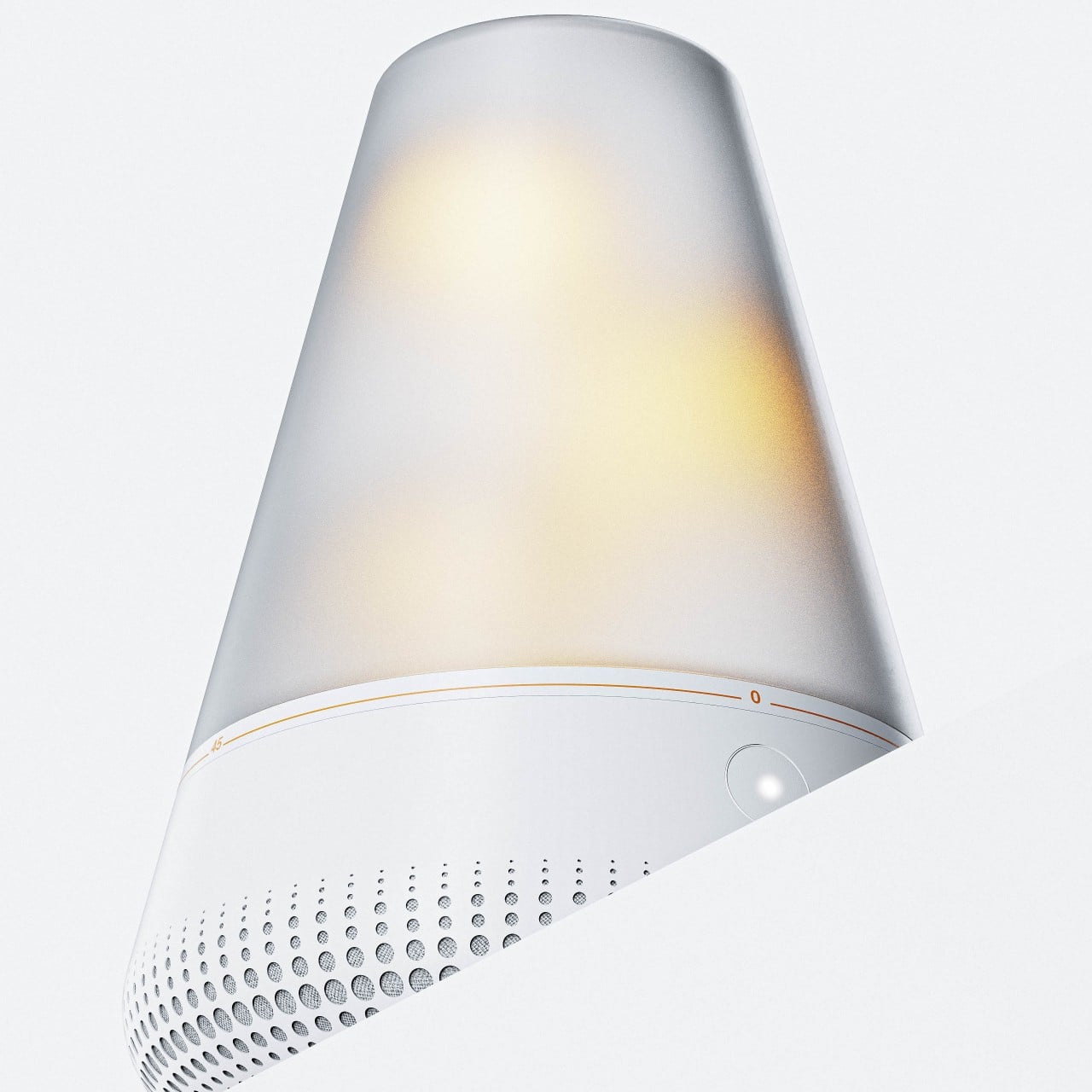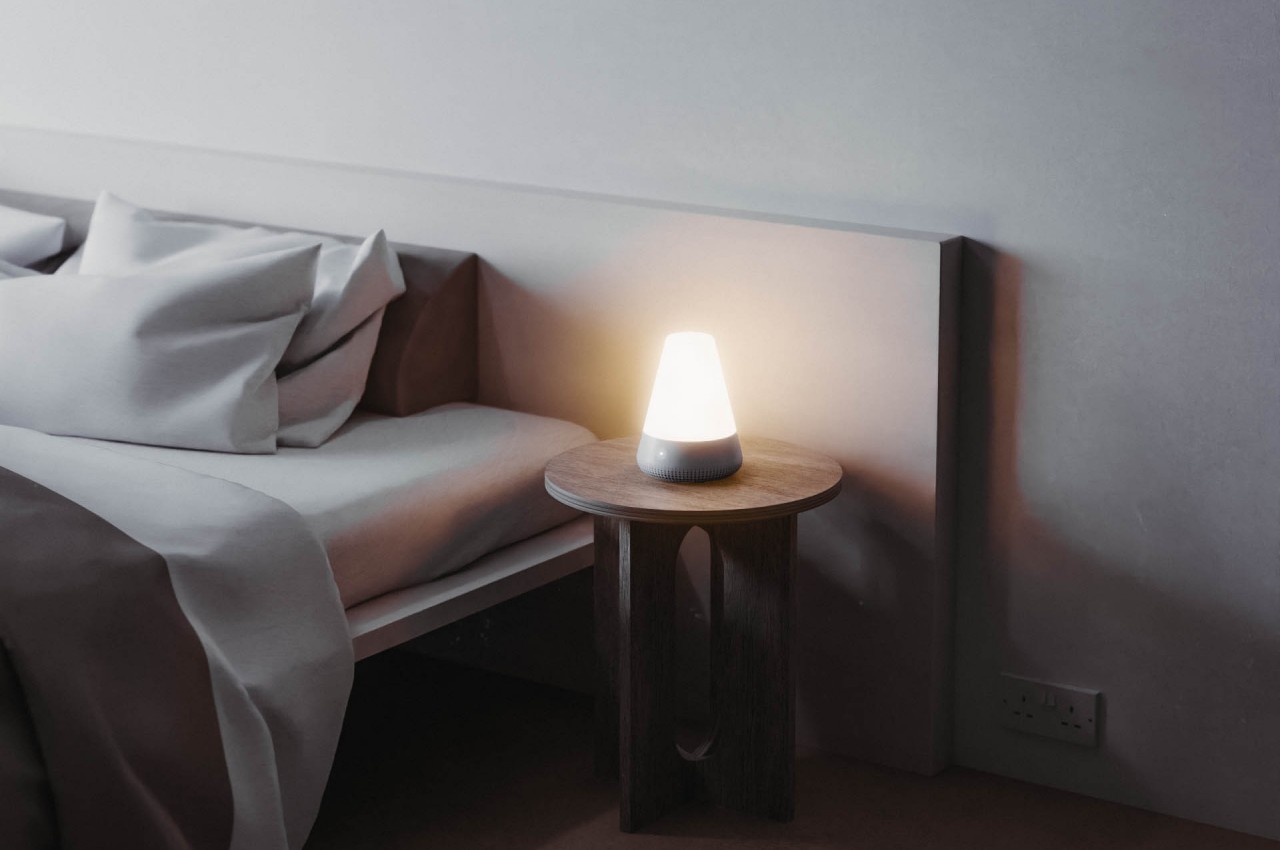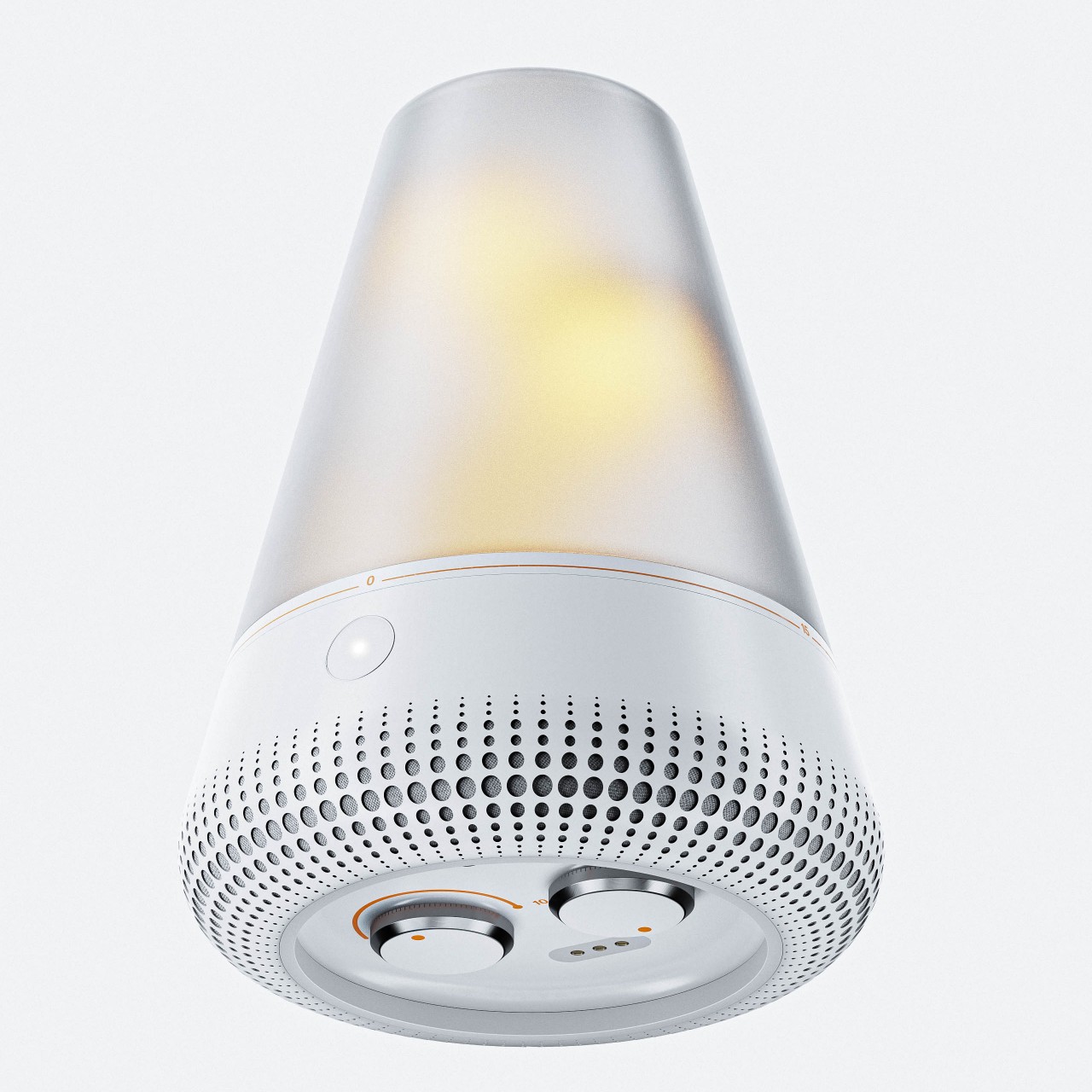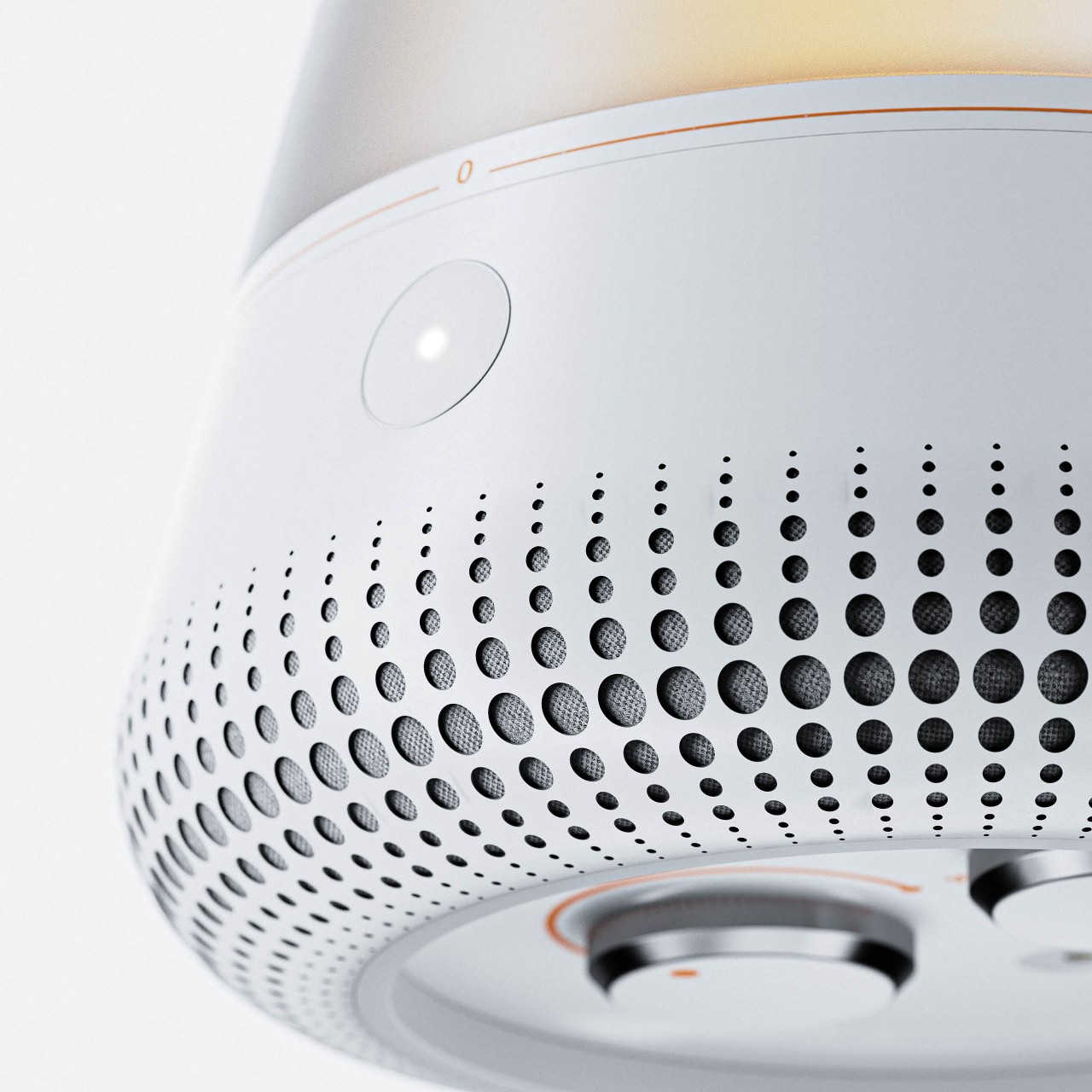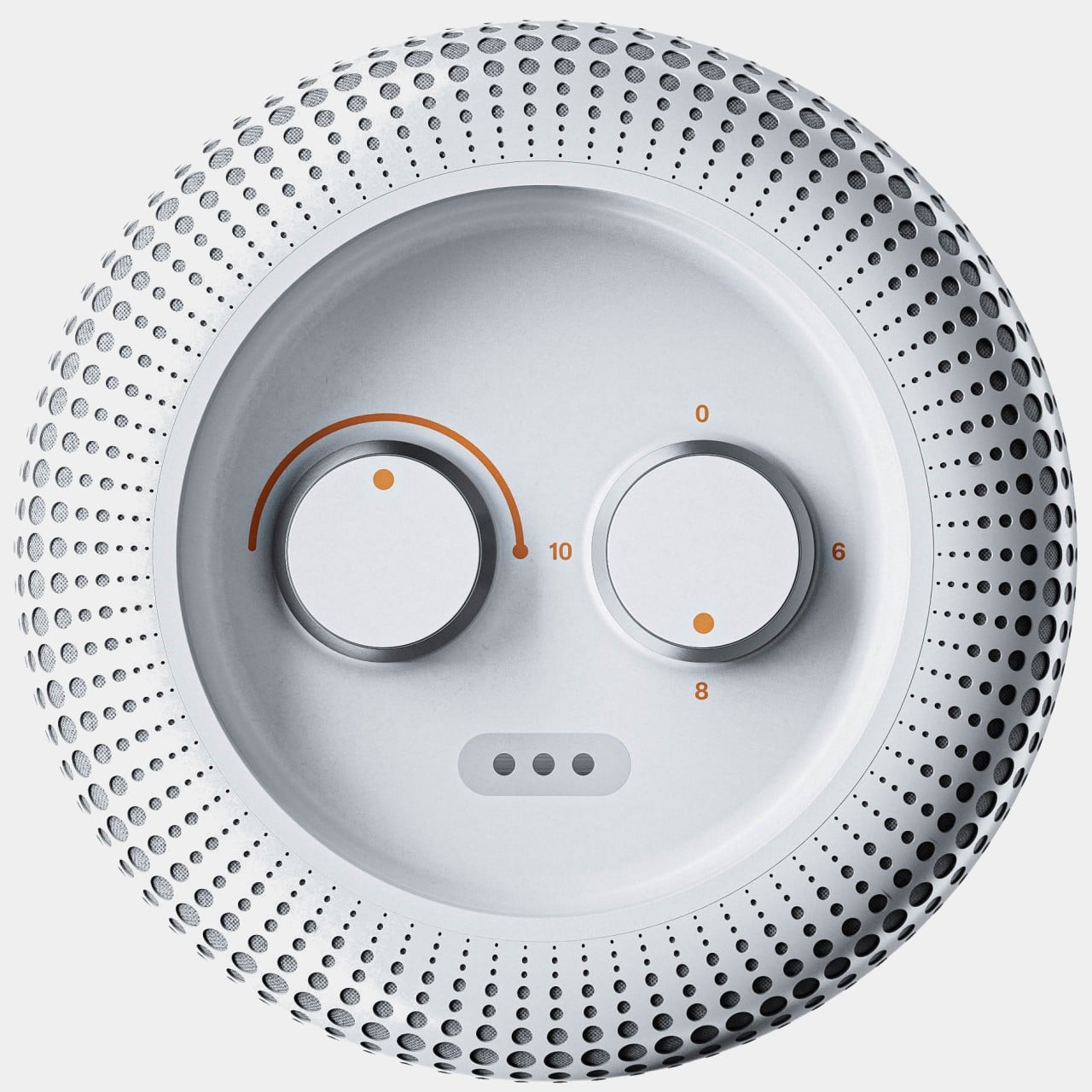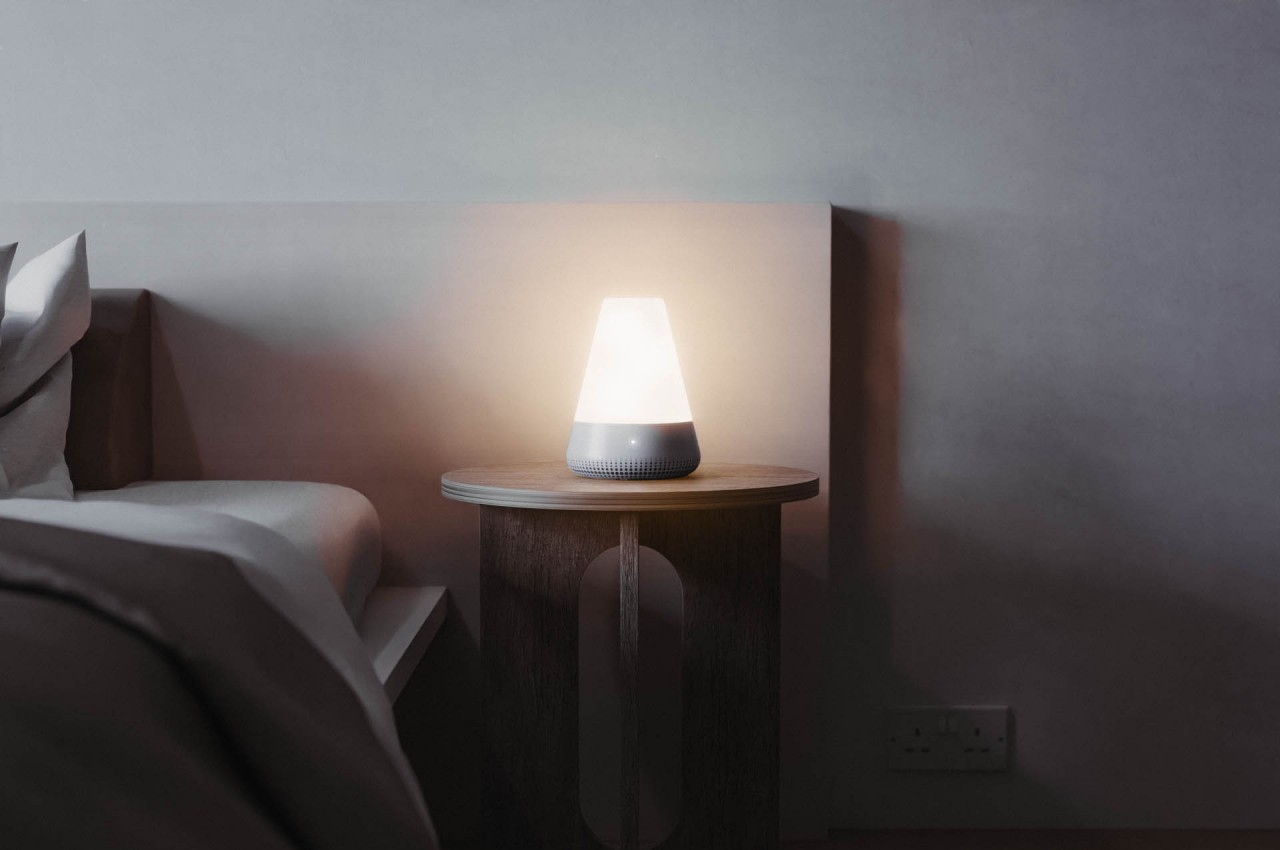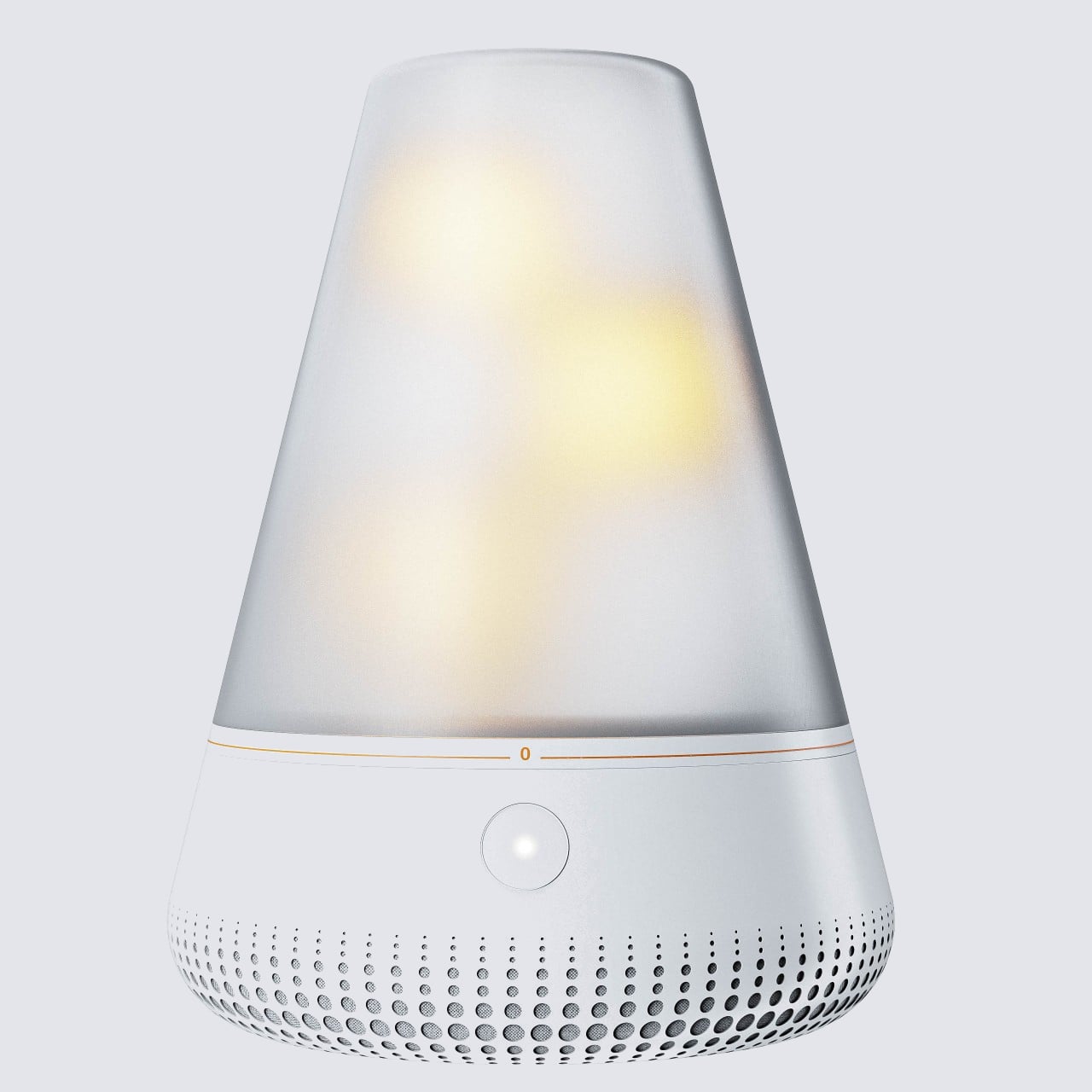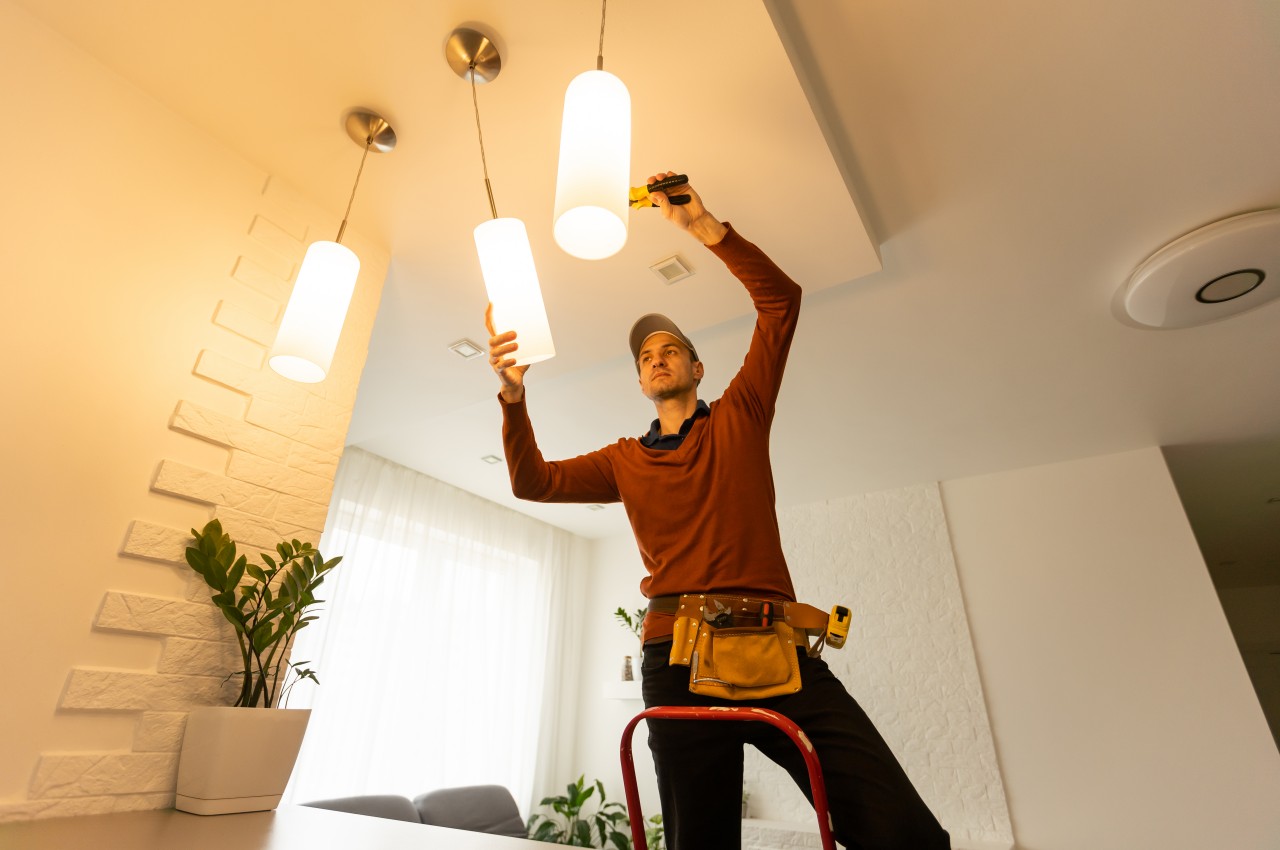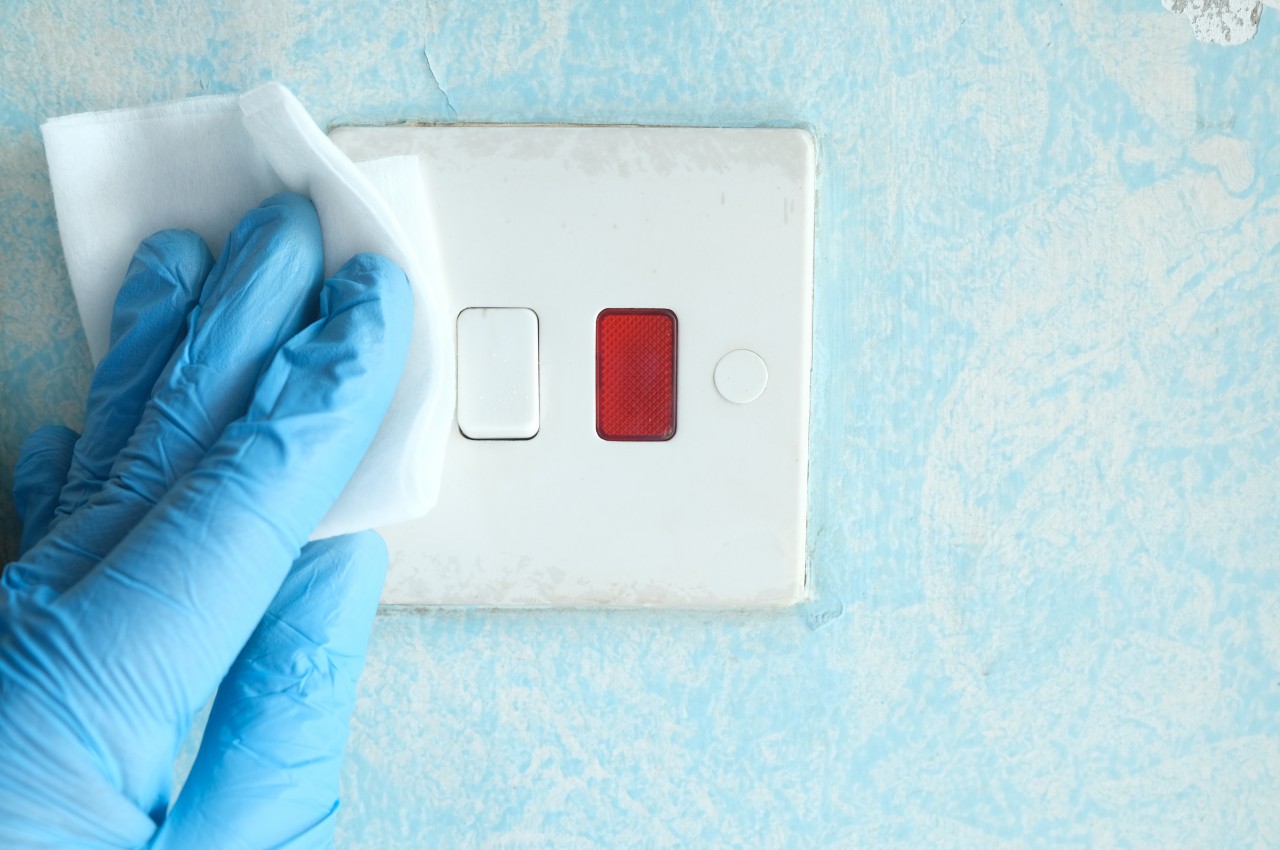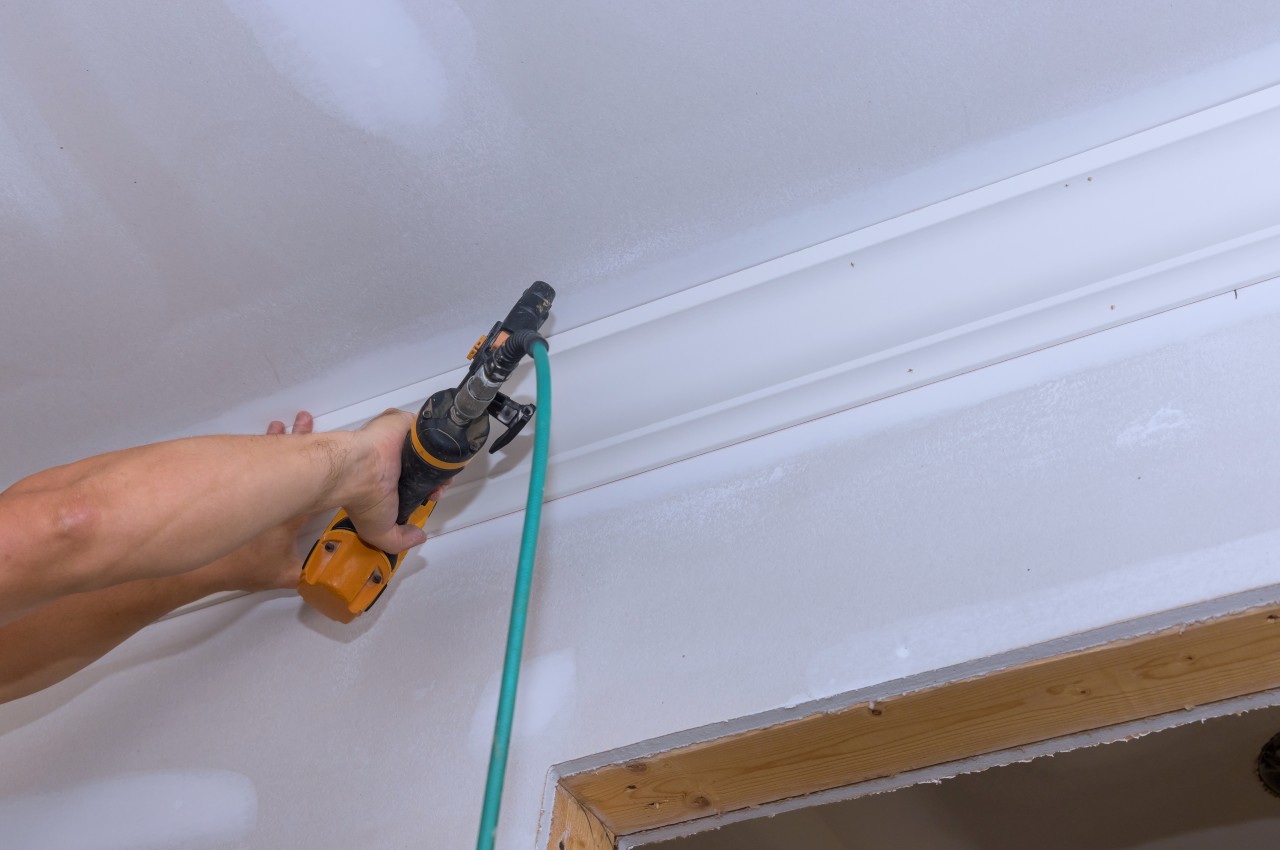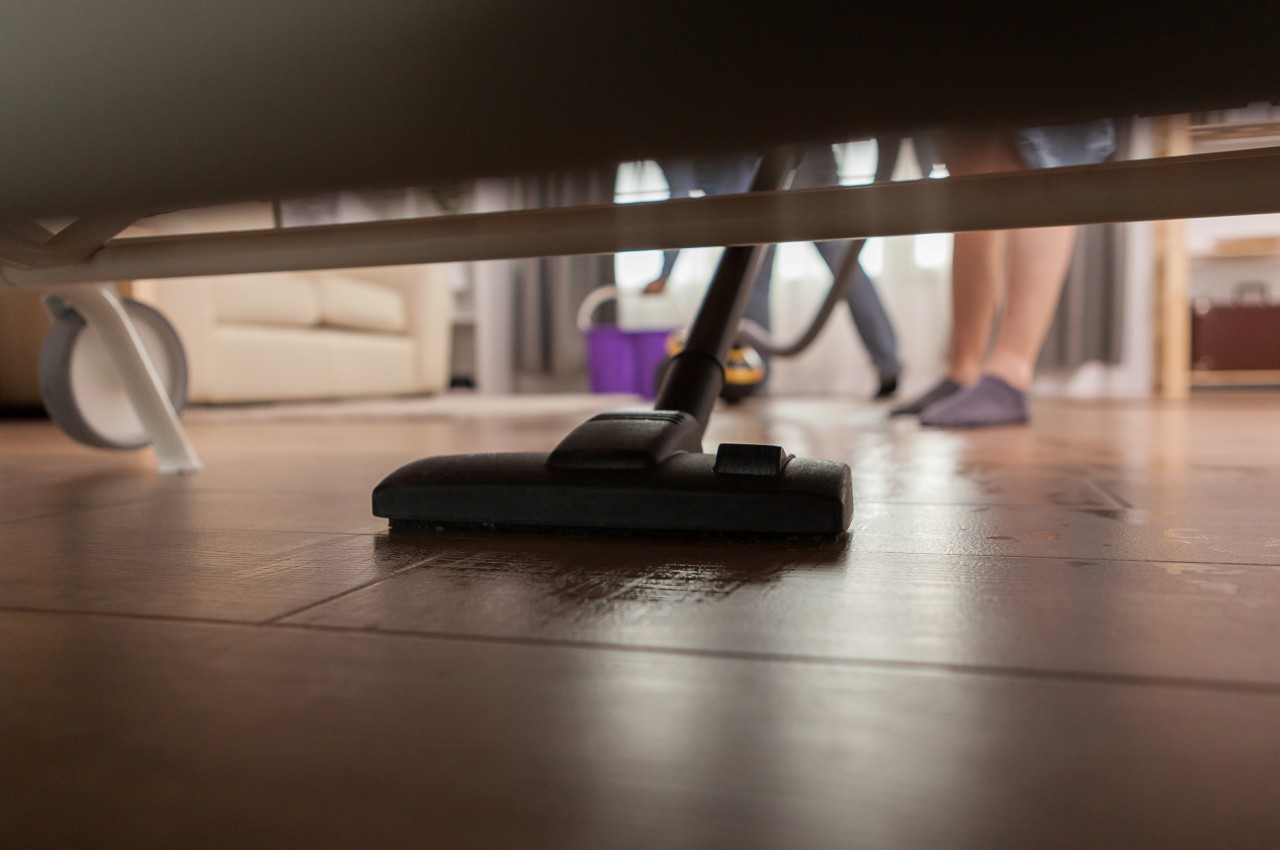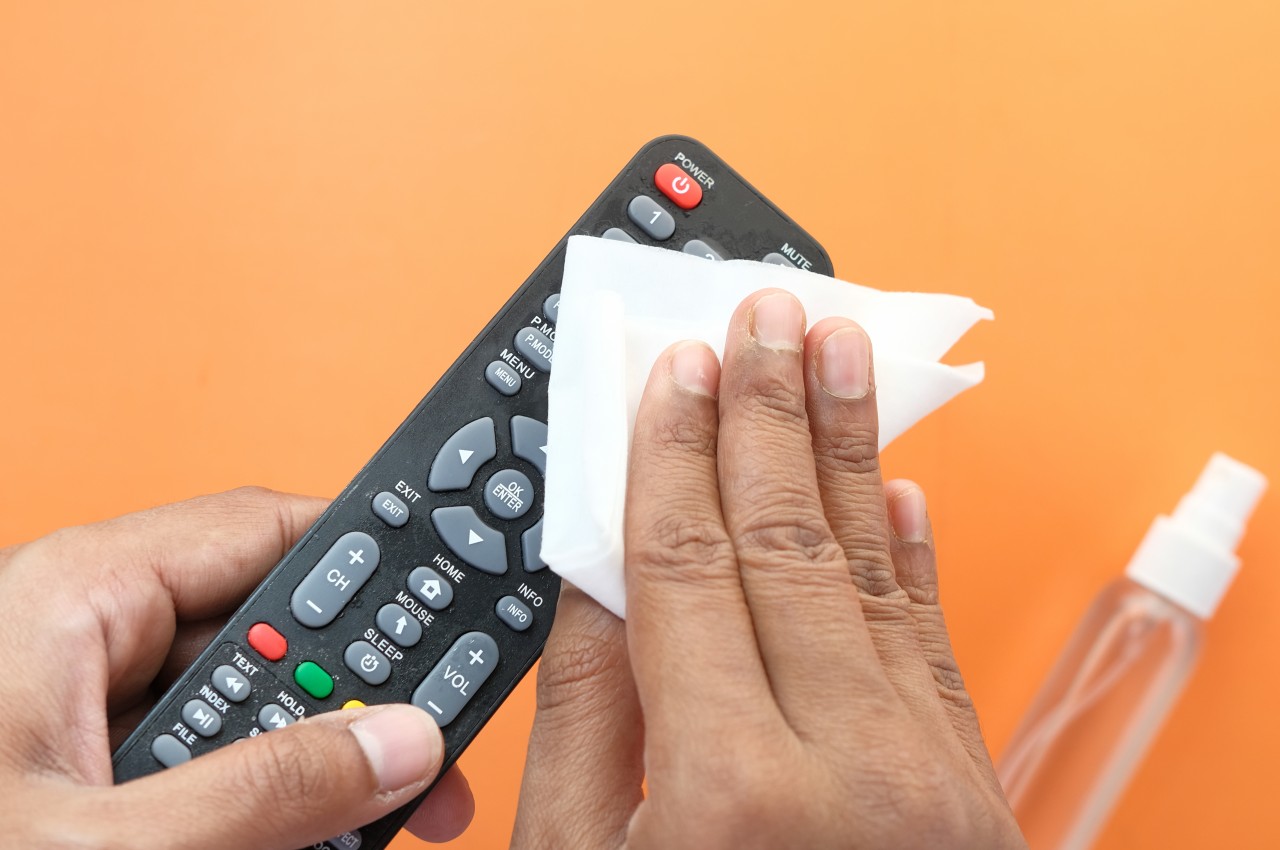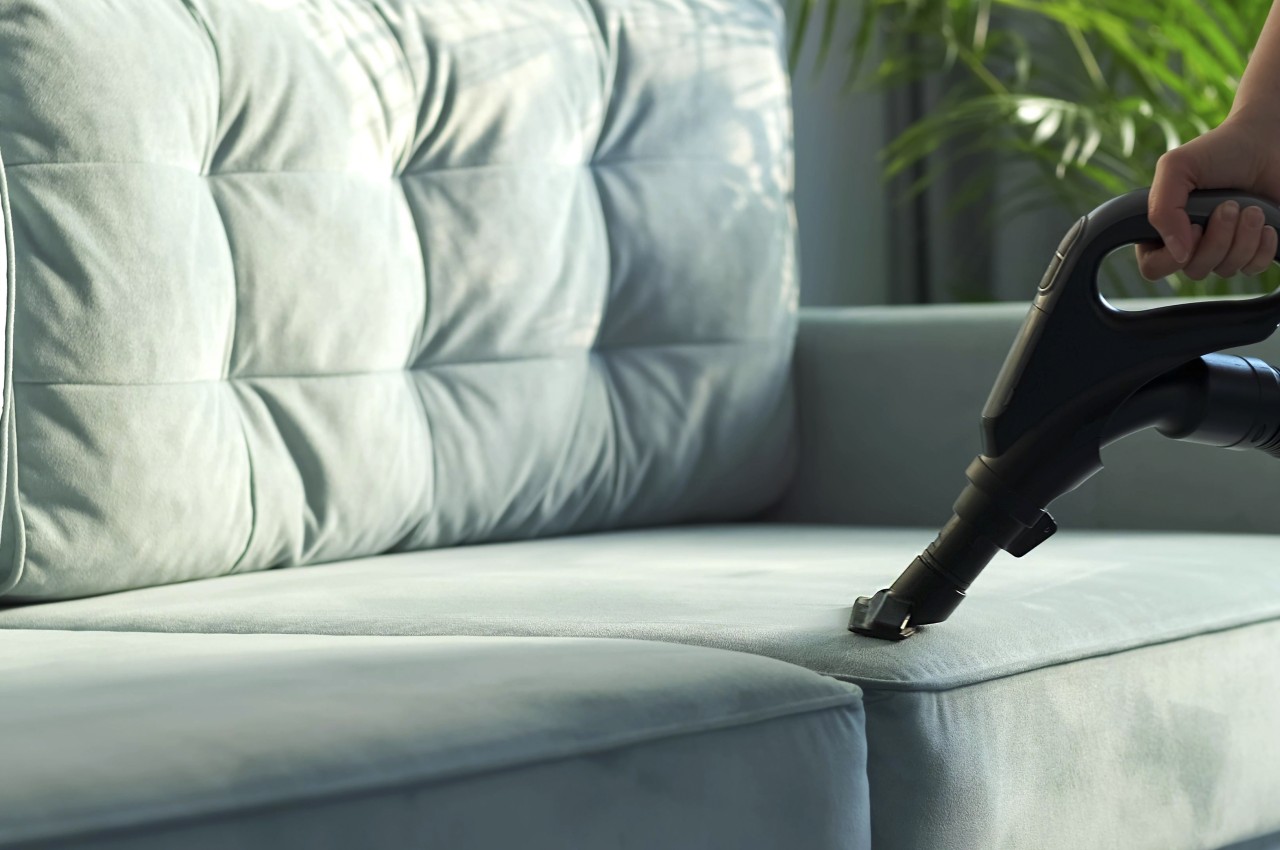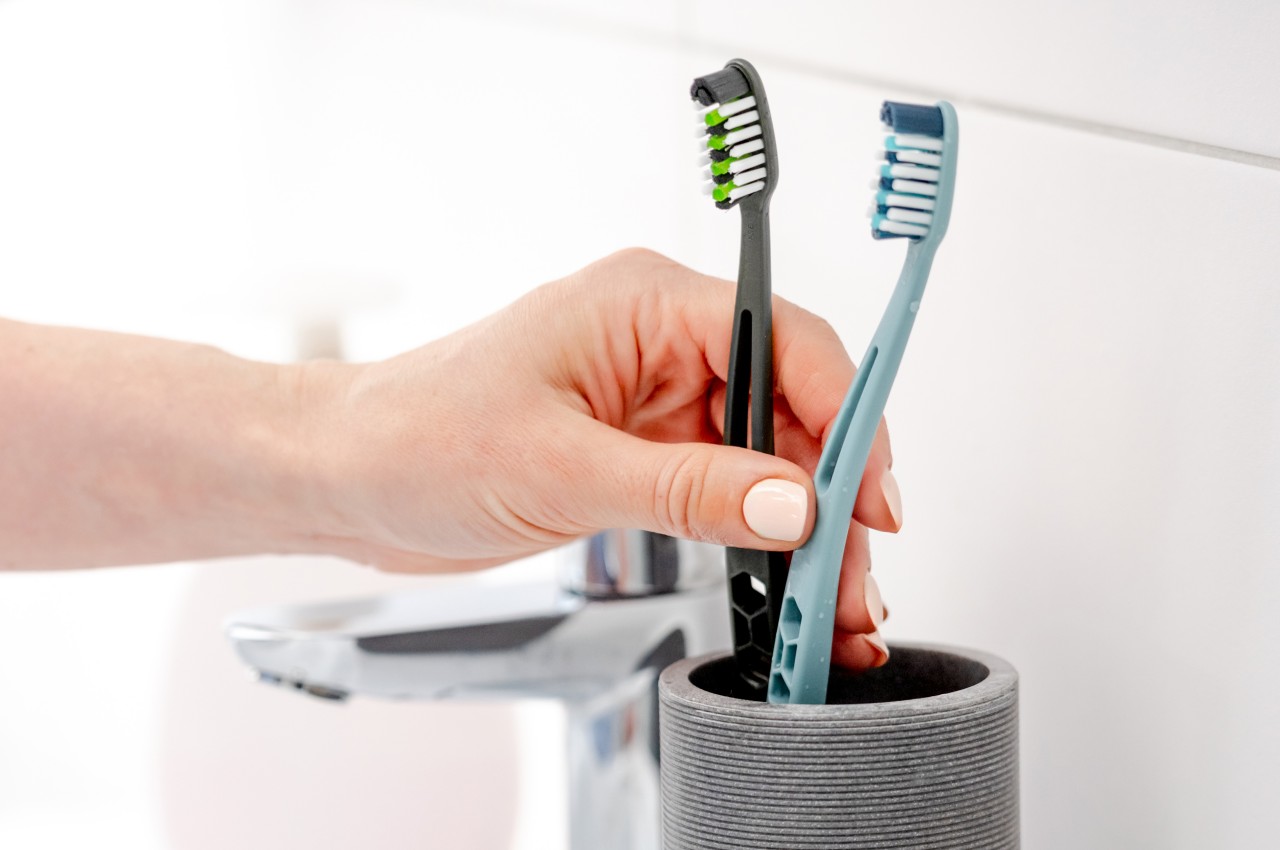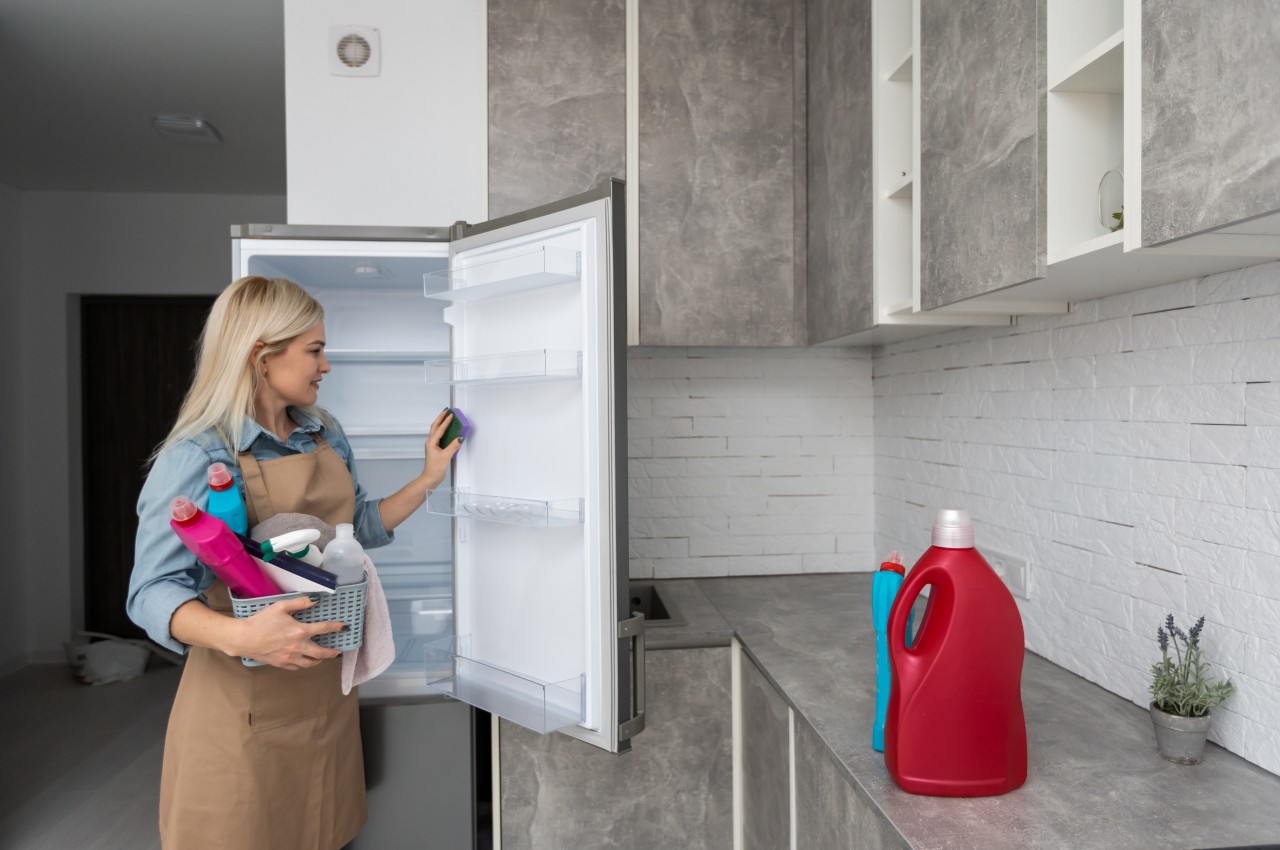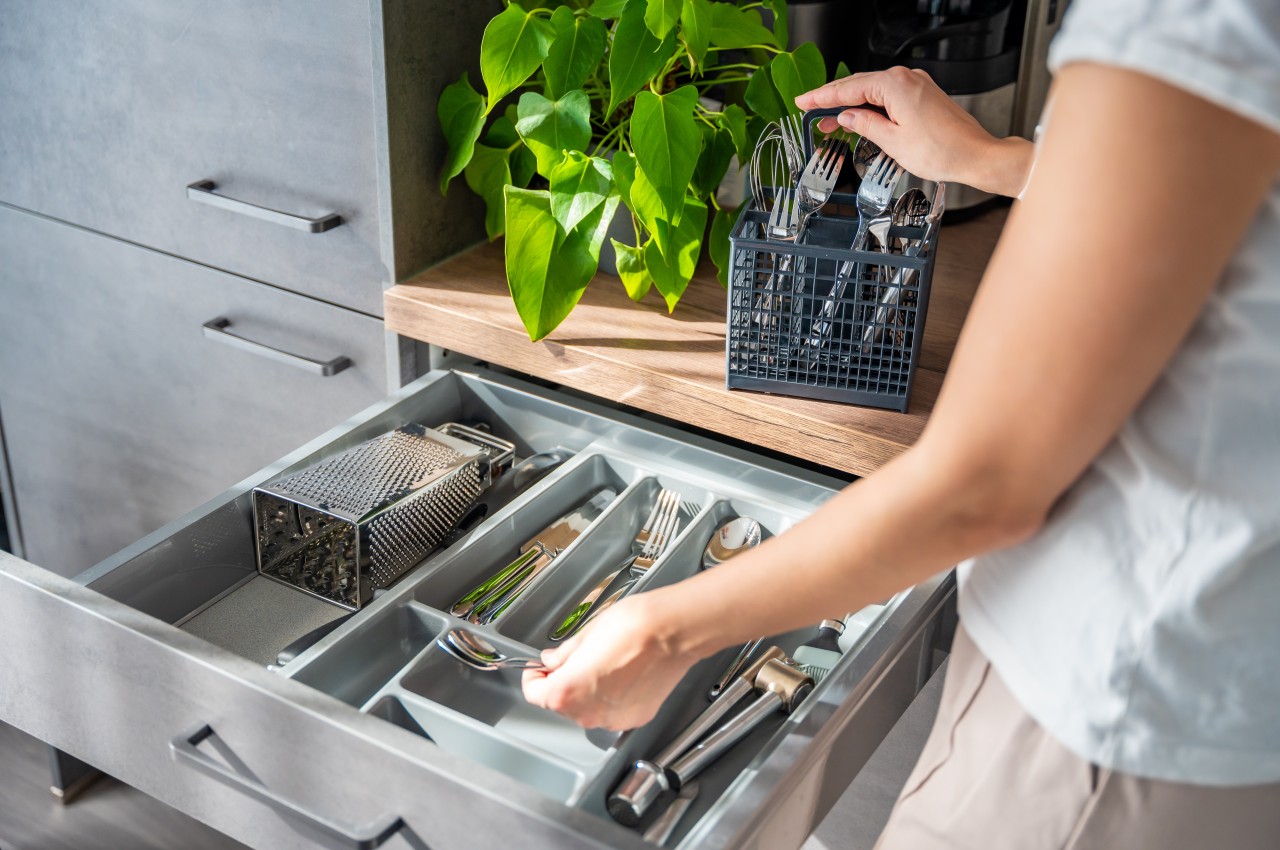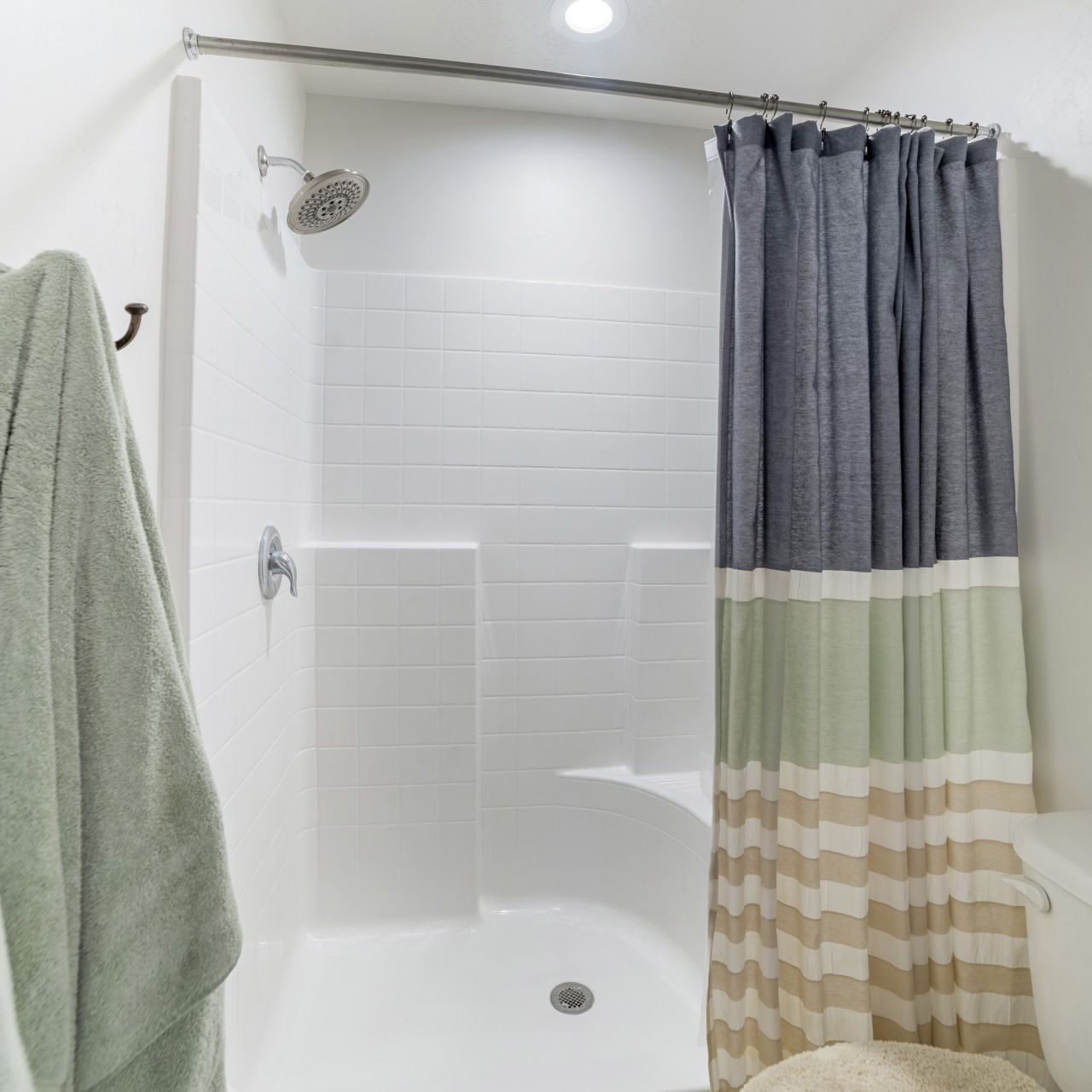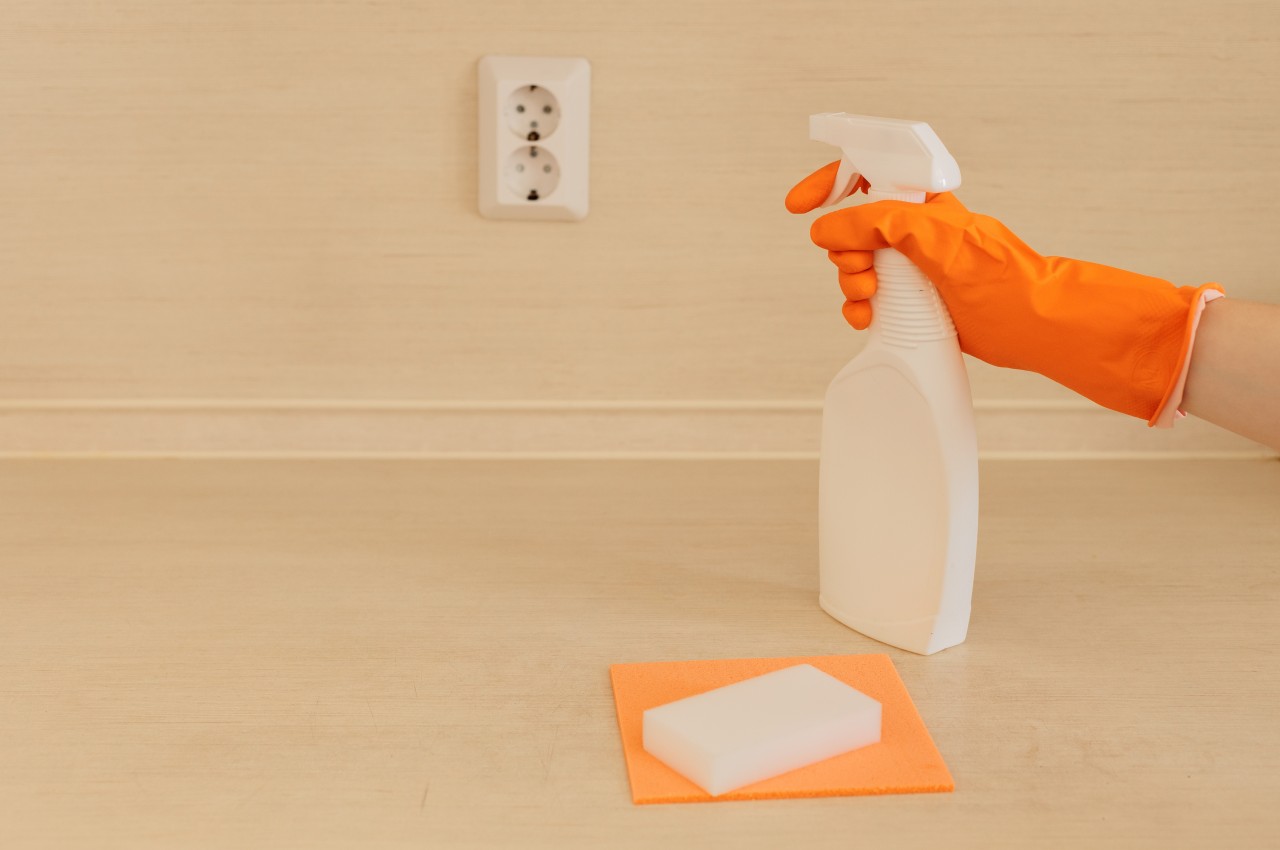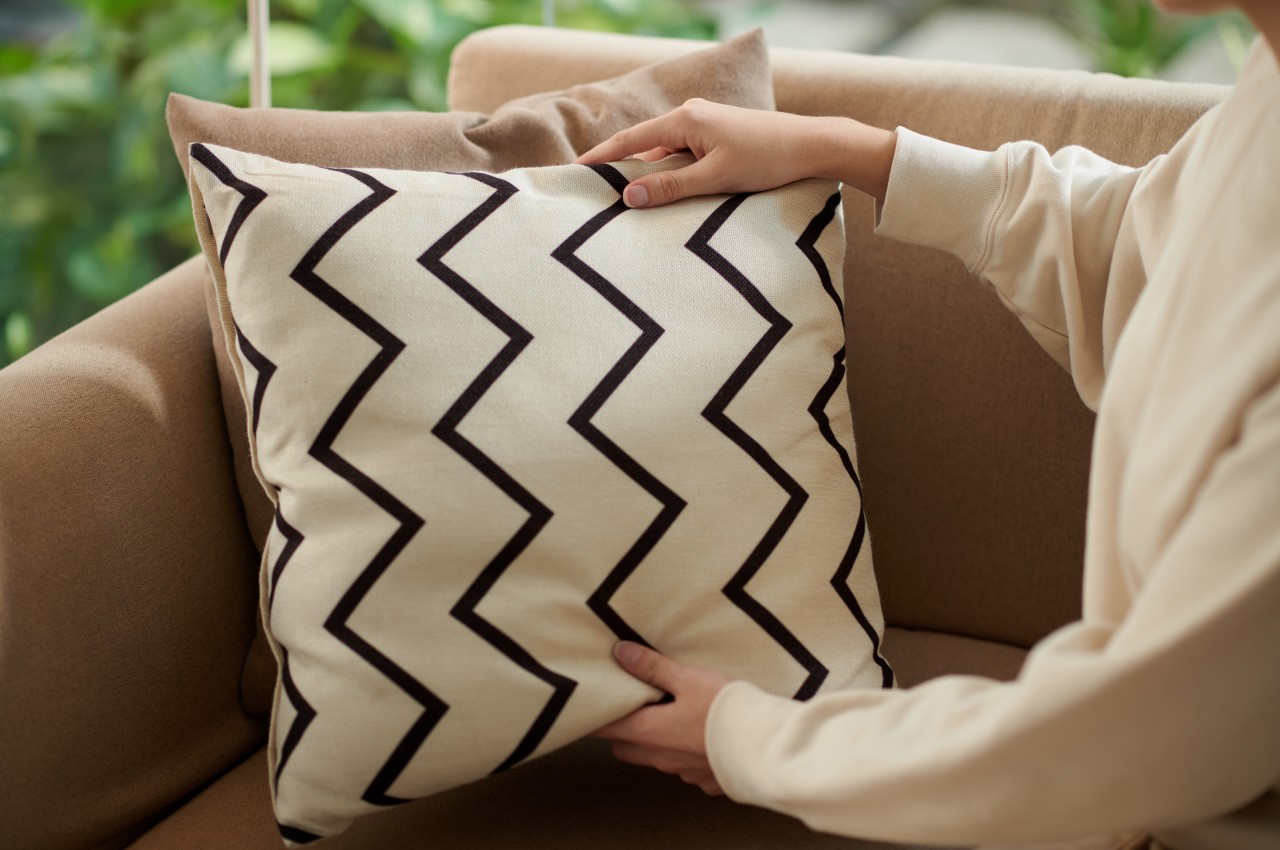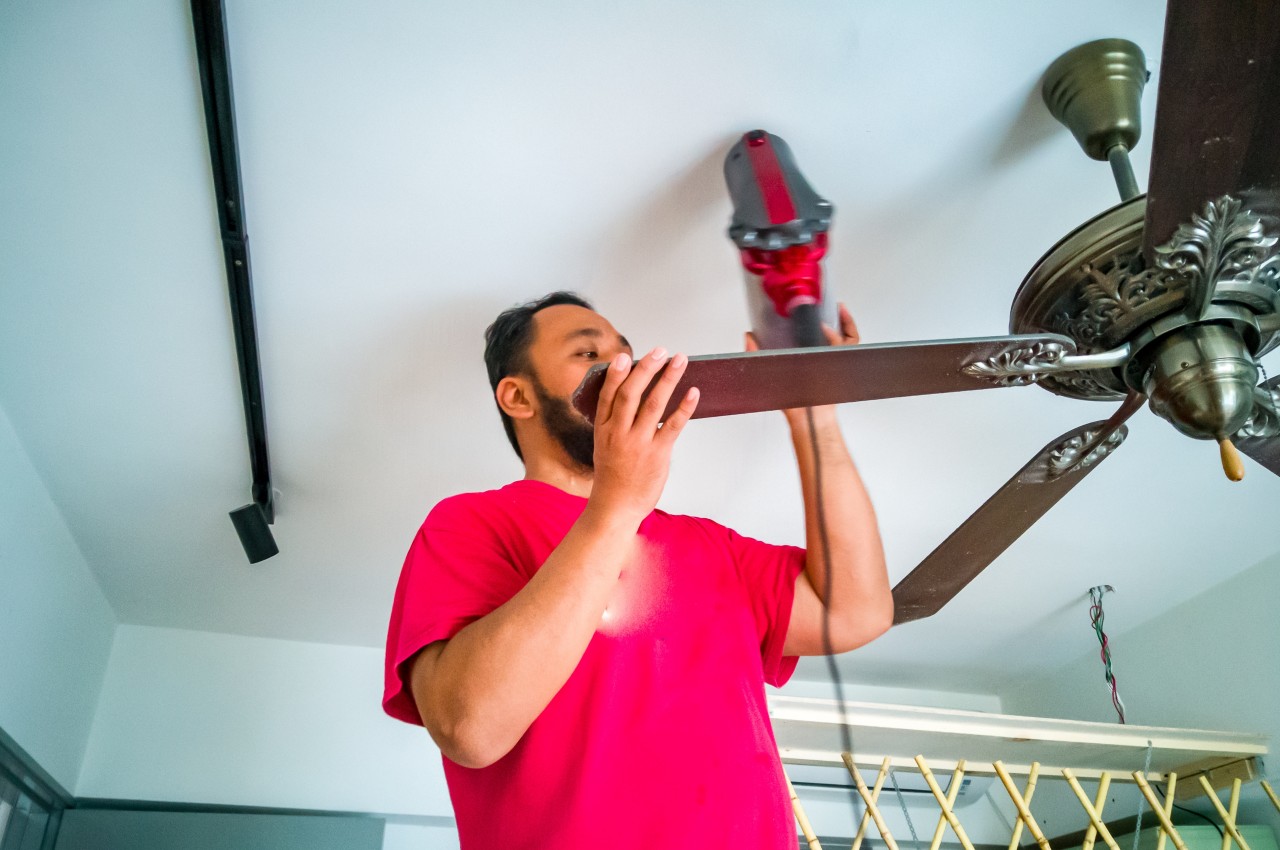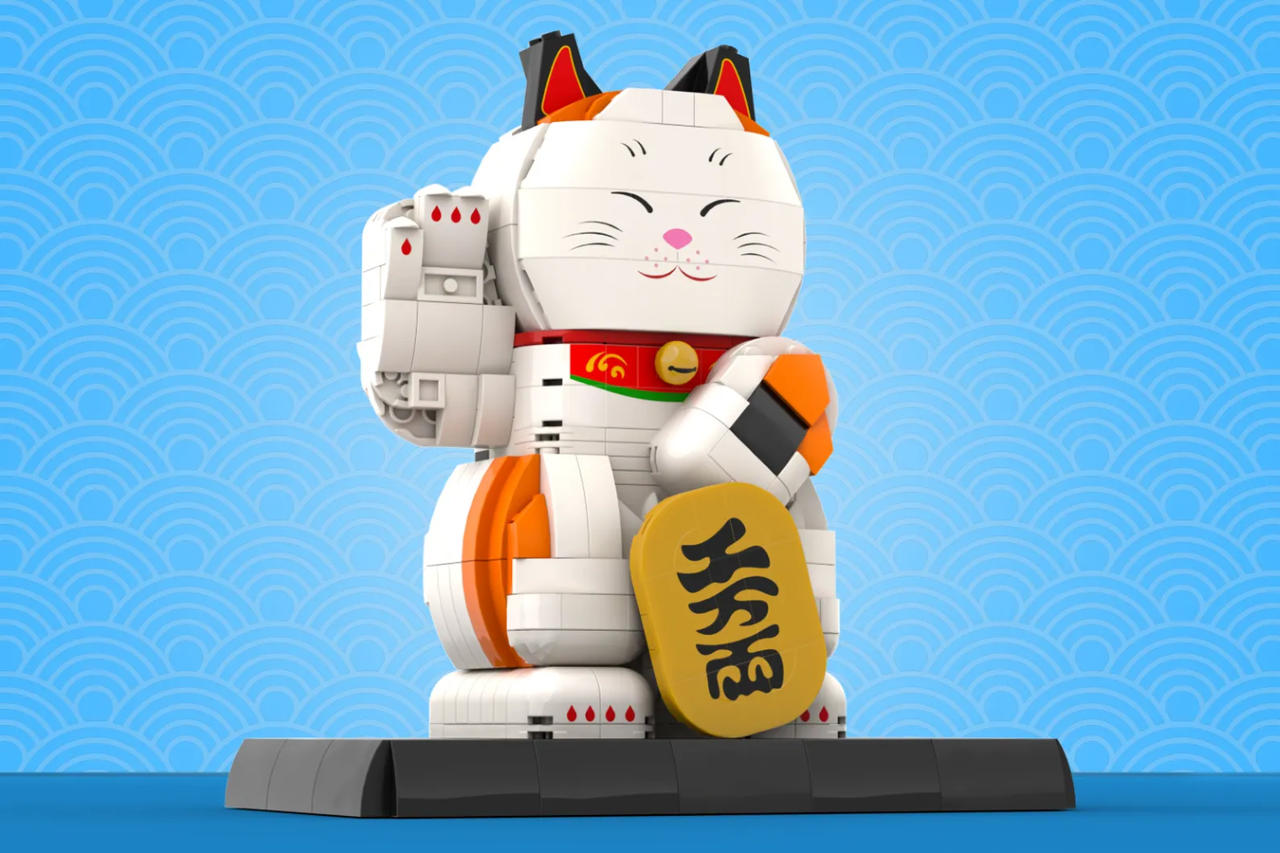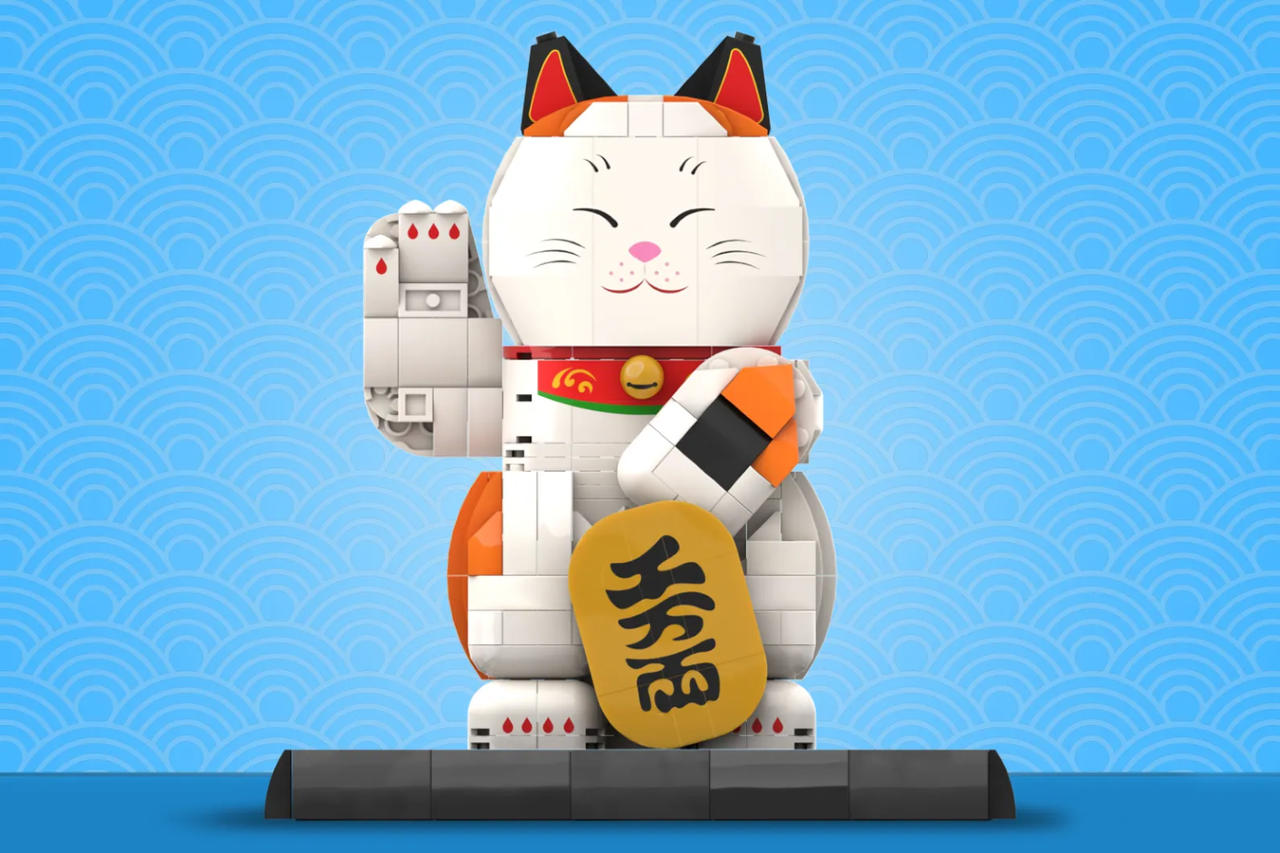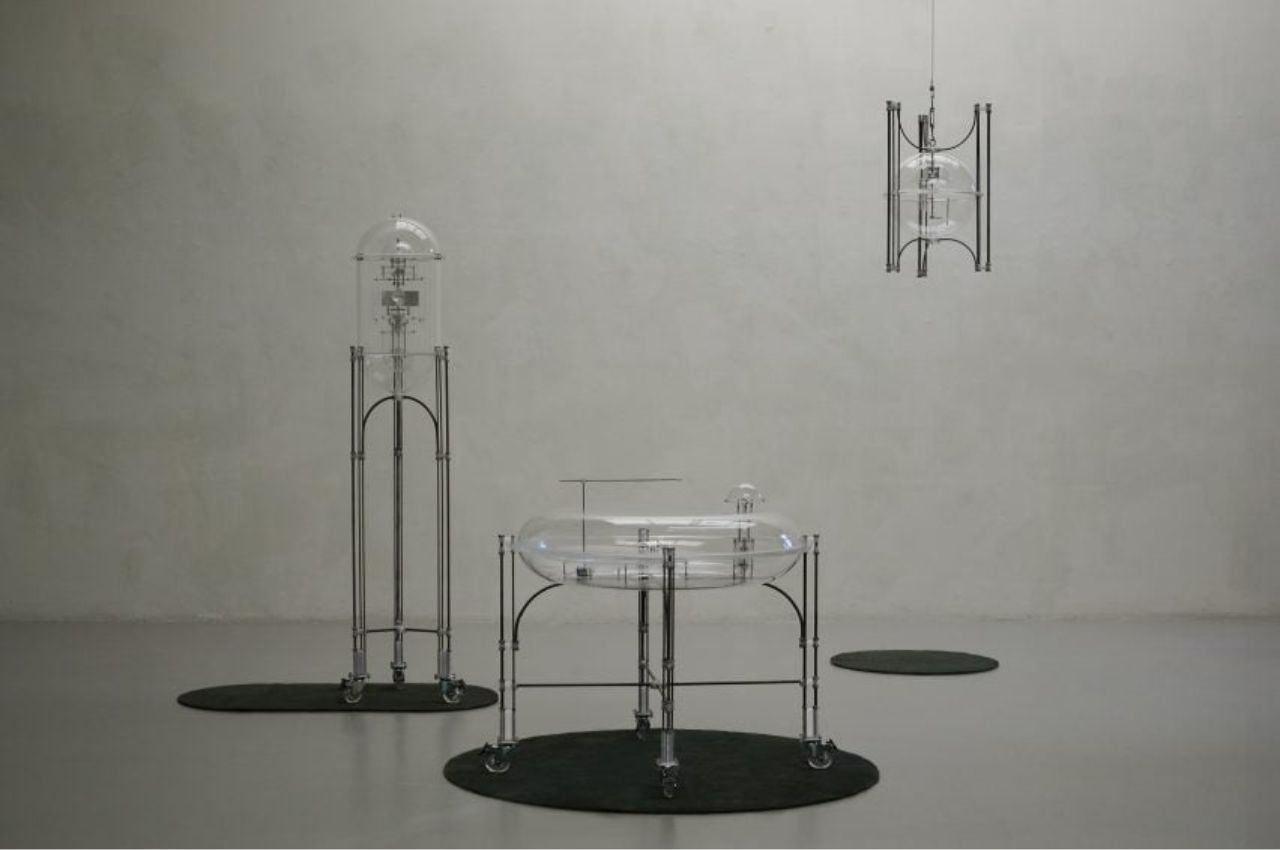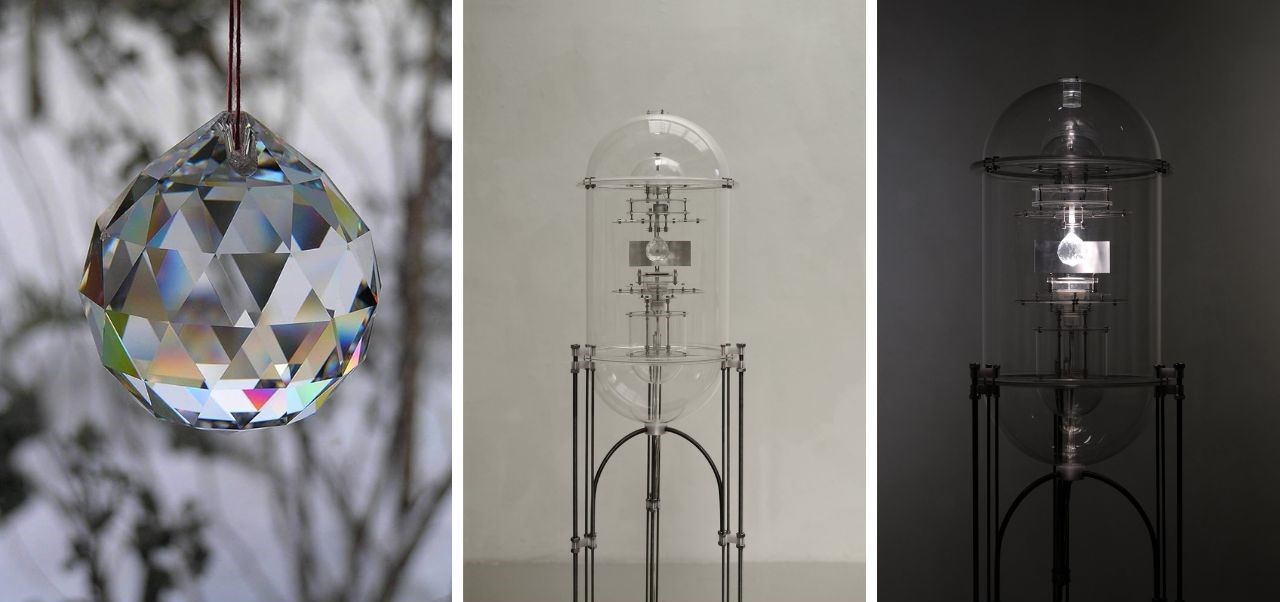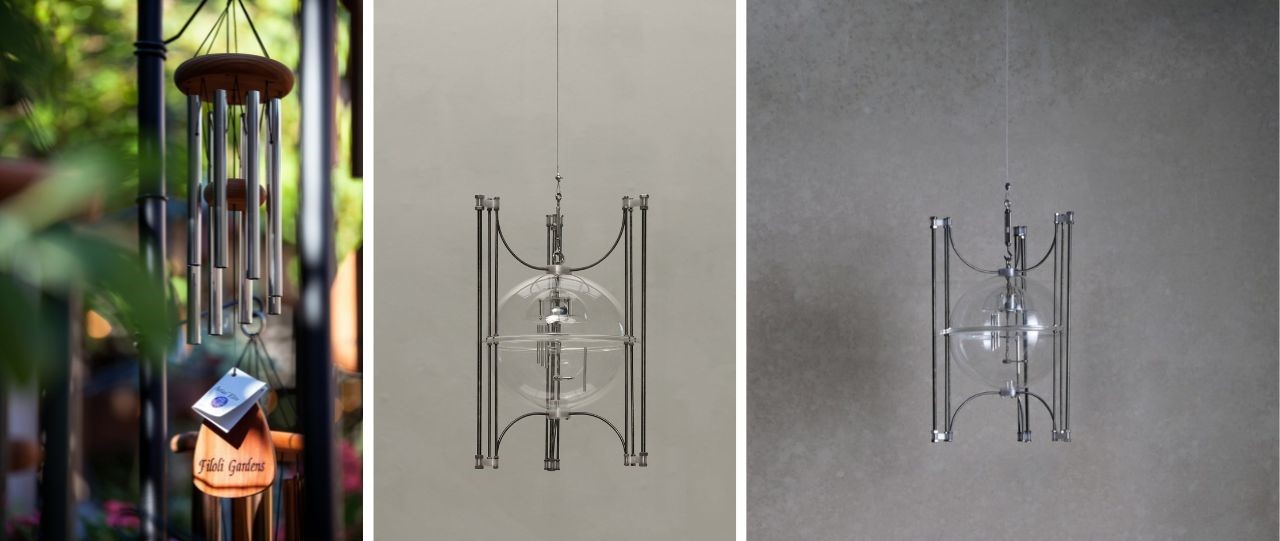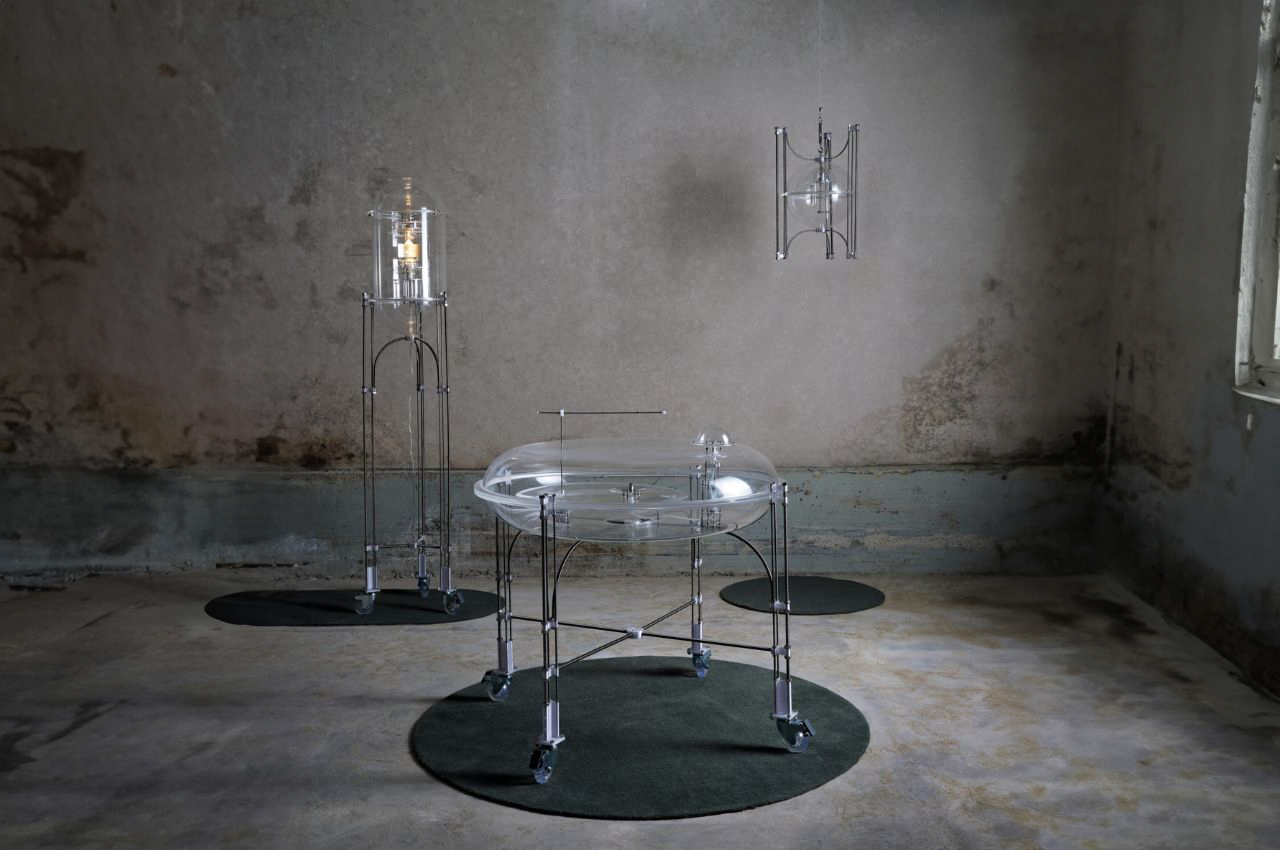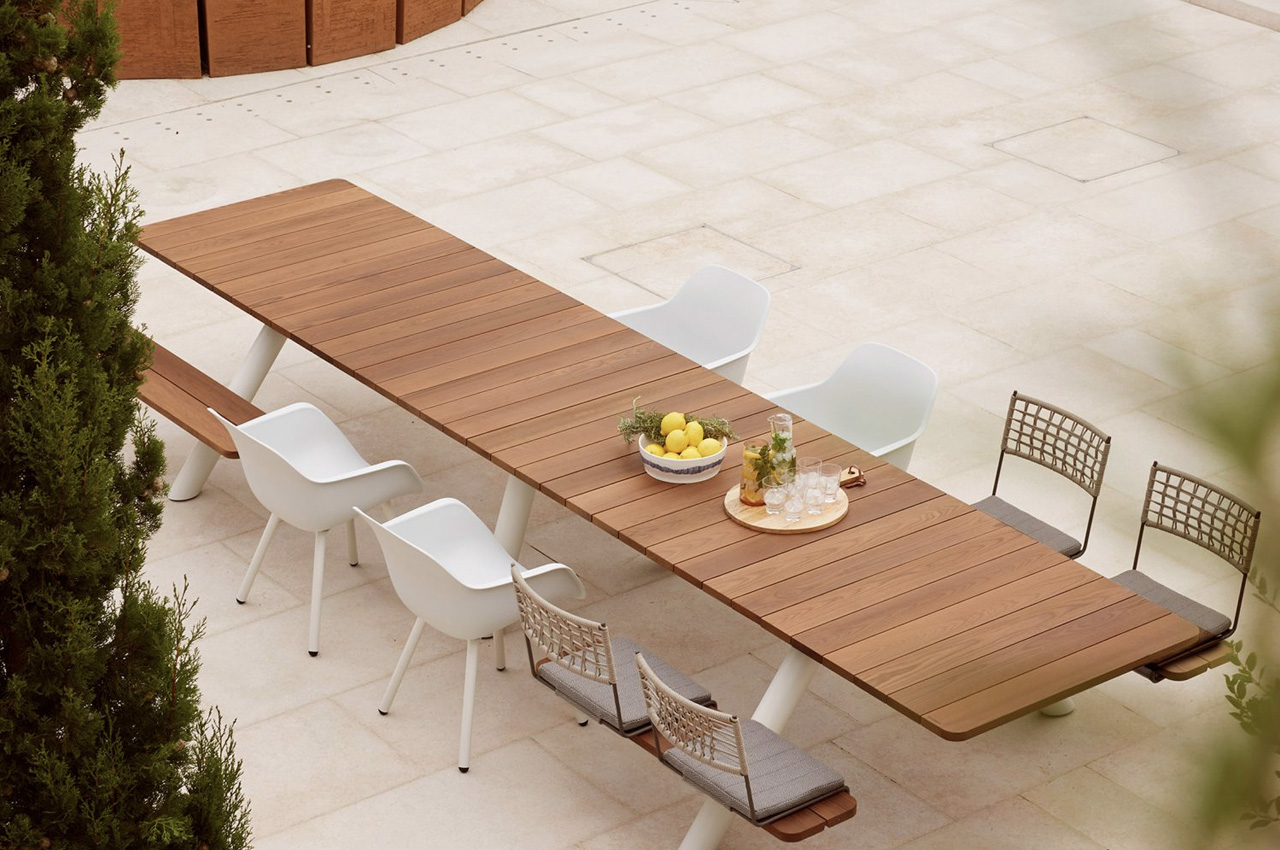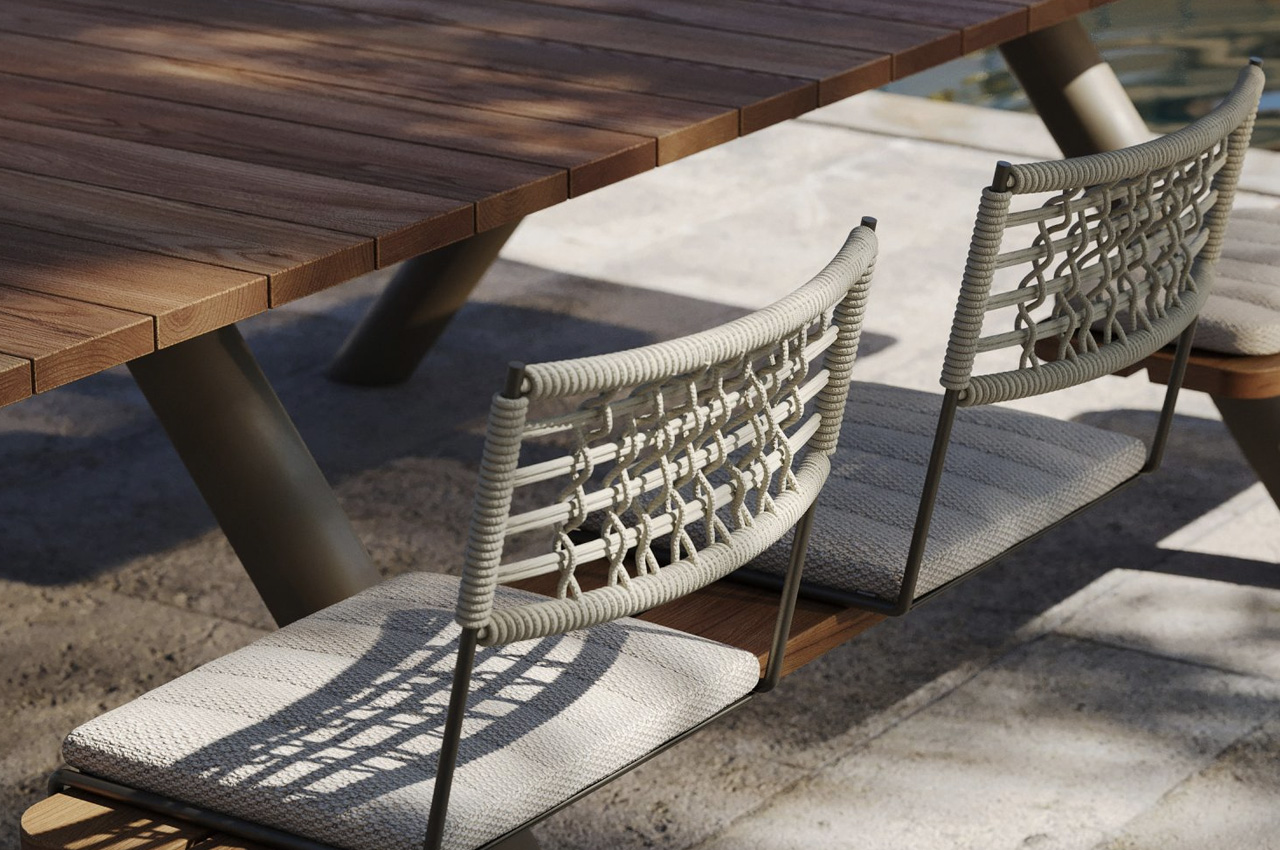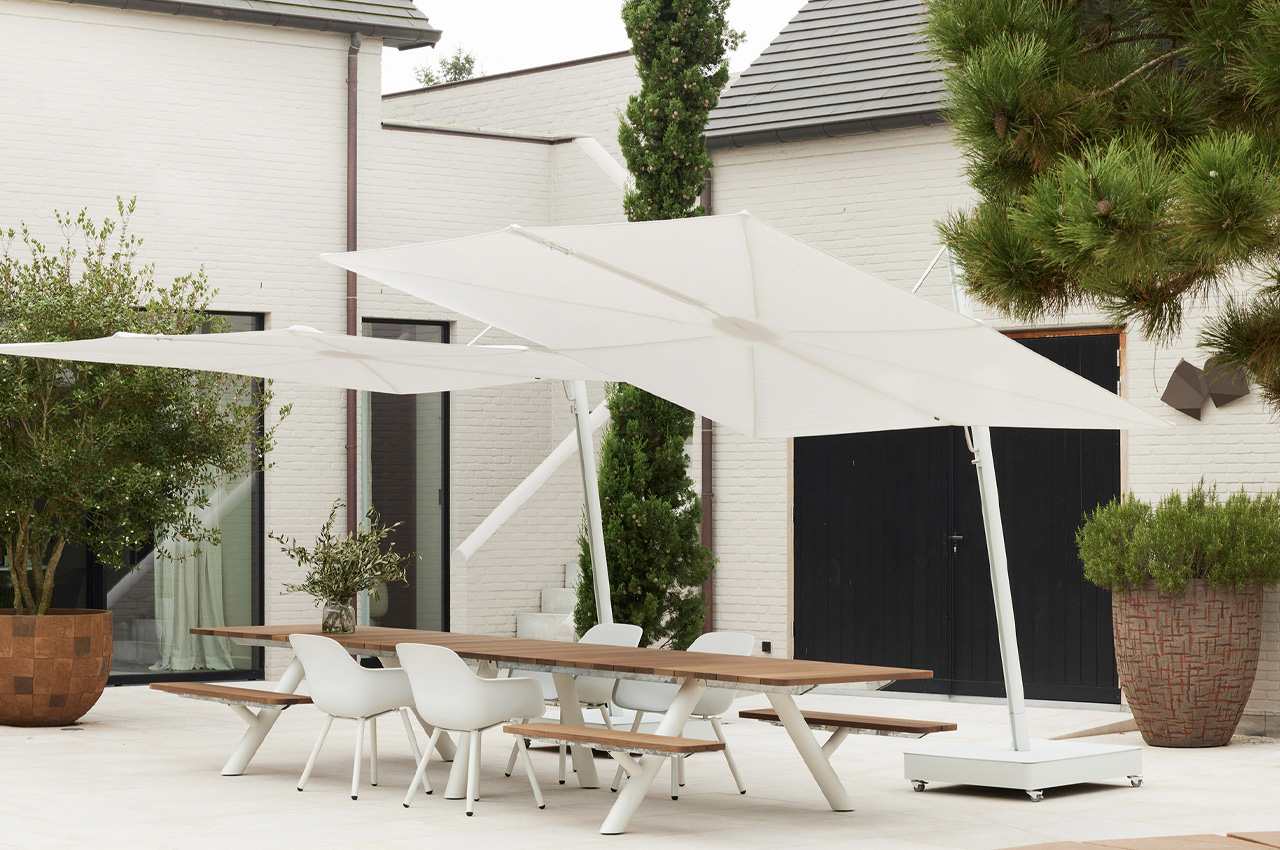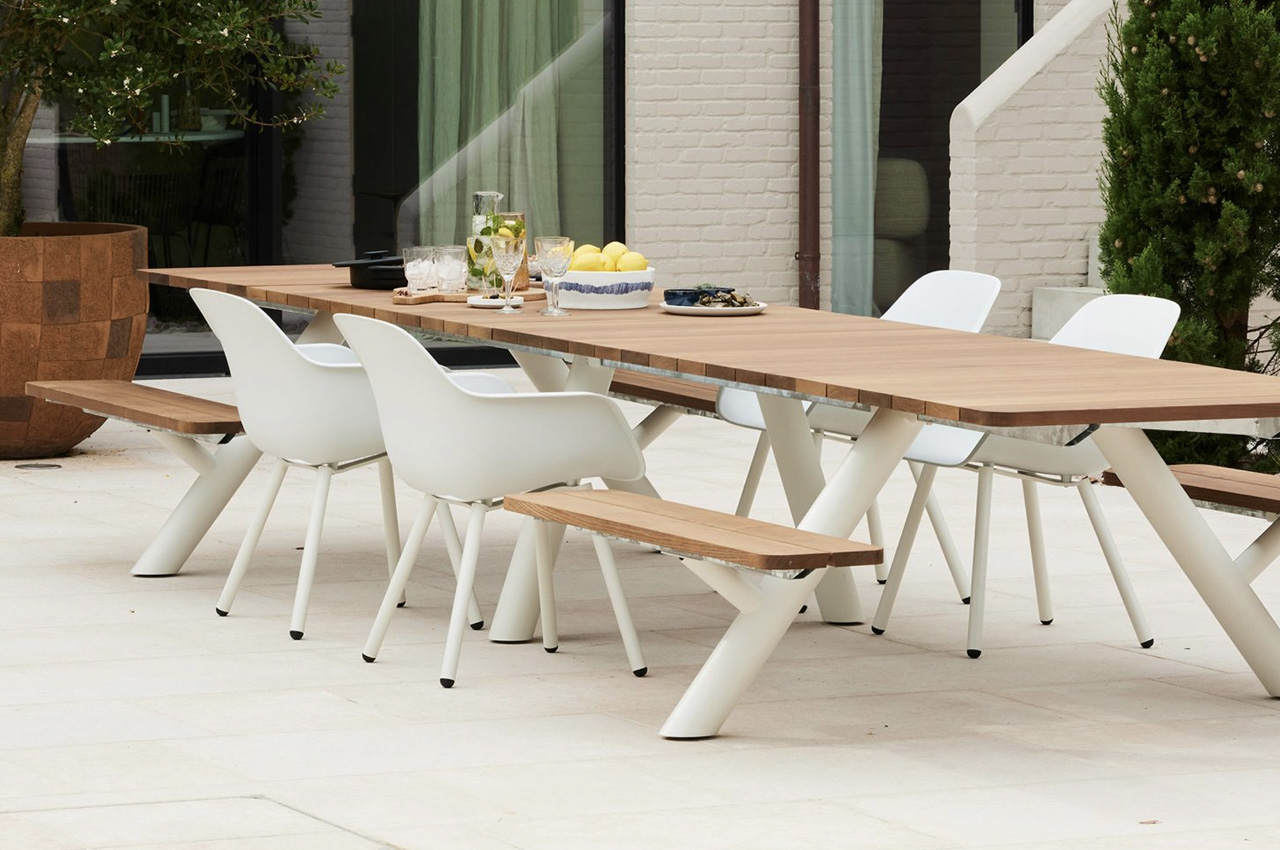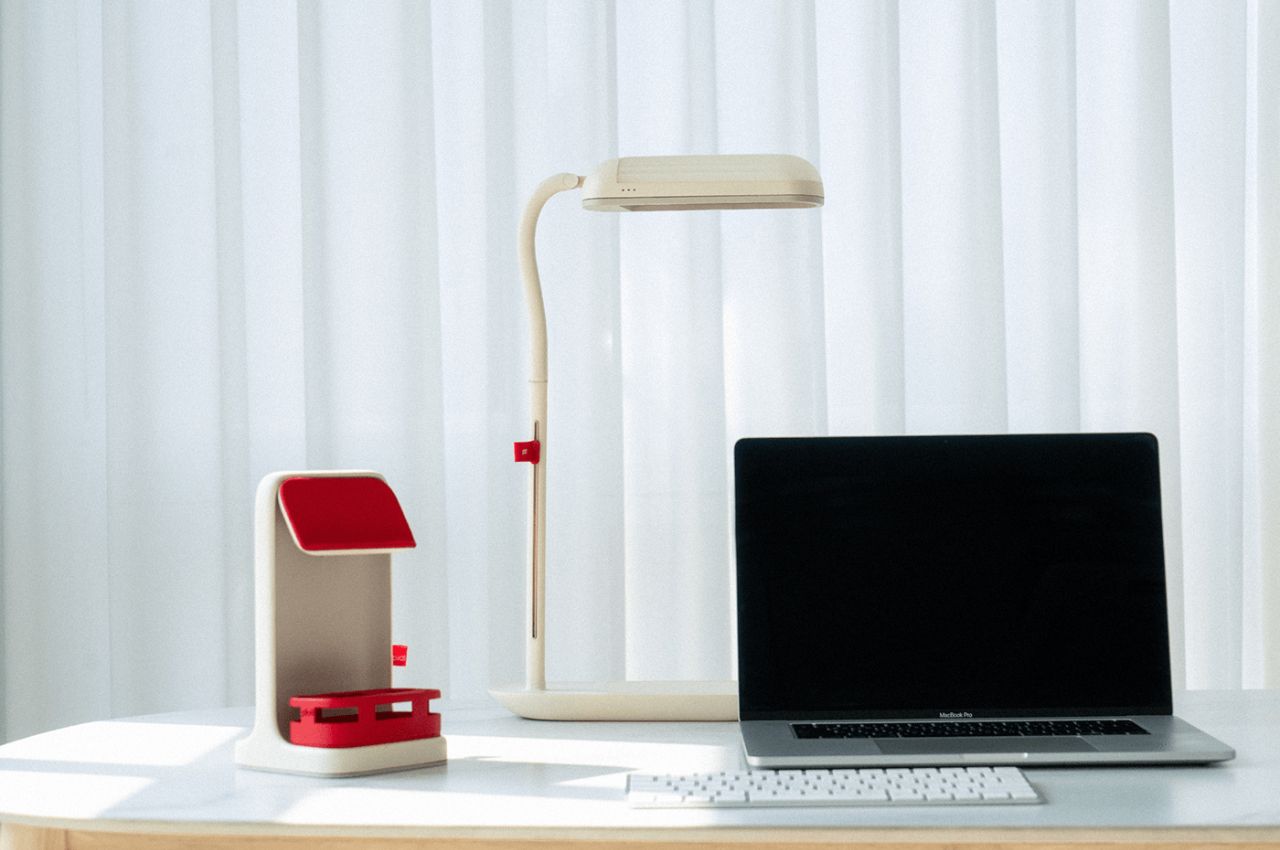
Repetitive daily tasks at a desk can often feel monotonous and uninspiring. Whether it’s answering emails, crunching numbers, or attending meetings, the routine nature of these activities can drain one’s enthusiasm. However, what if there was a way to instill some excitement and freshness into these mundane tasks? This is where Plat comes into play.
Designers: Soobin Cho, Junyoung Lee, Seoyeong Lee, and Hyunsub Shin
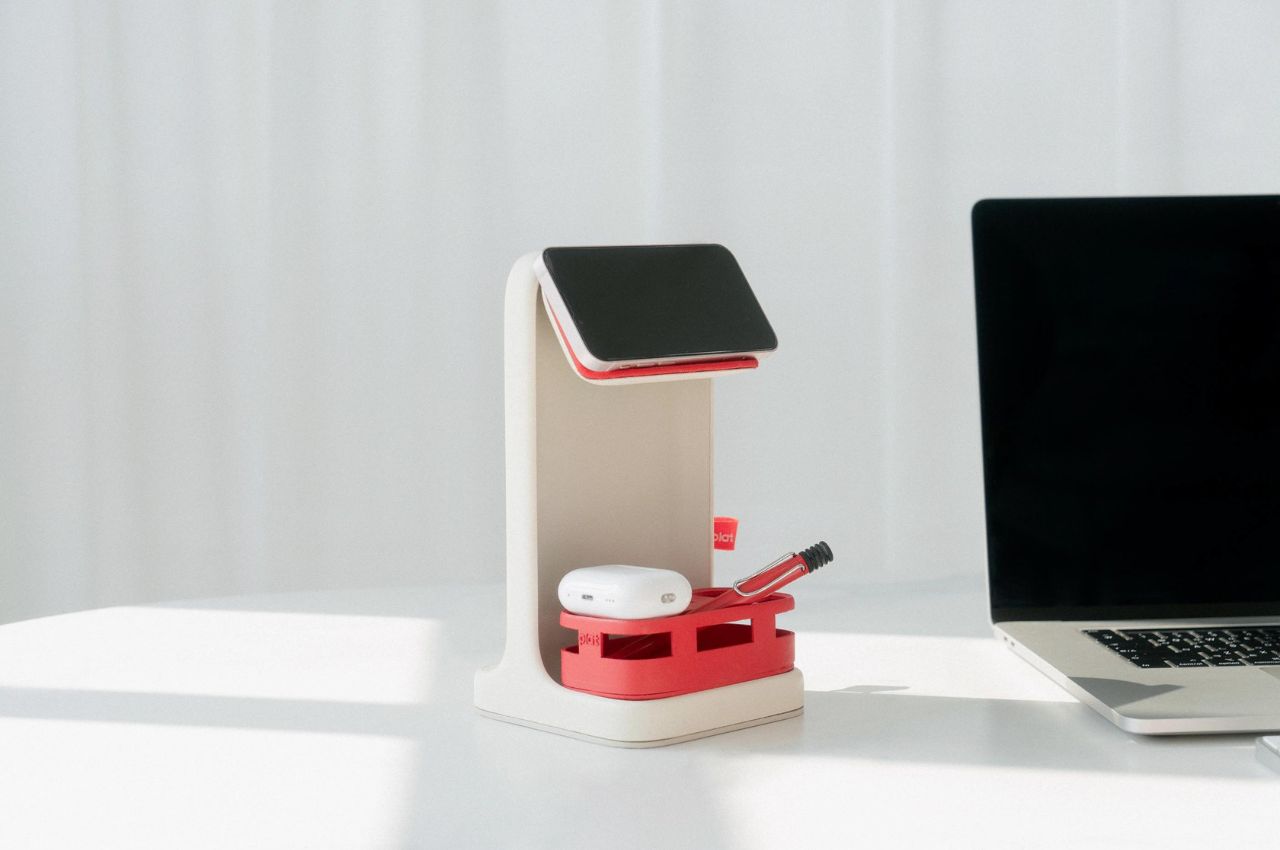
Plat cleverly blends everyday tasks with the art of cooking. Imagine the joy of preparing a delicious meal in your kitchen – the aroma of spices, the sizzle of sauce, and the warmth of the oven. Plat seamlessly incorporates these elements into desk-mounted products, bringing a breath of fresh air to the daily grind. I personally don’t really cook, but anything related to food would definitely excite me.
At the core of Plat’s design philosophy lies the fusion of familiarity and novelty. By infusing elements from the kitchen, such as the interaction of the opening water in the sink and the scent and light of the oven, Plat reconstructs them into innovative products that redefine the desk experience. The name “plat,” meaning “cooking” in French, perfectly encapsulates the brand’s identity and mission.
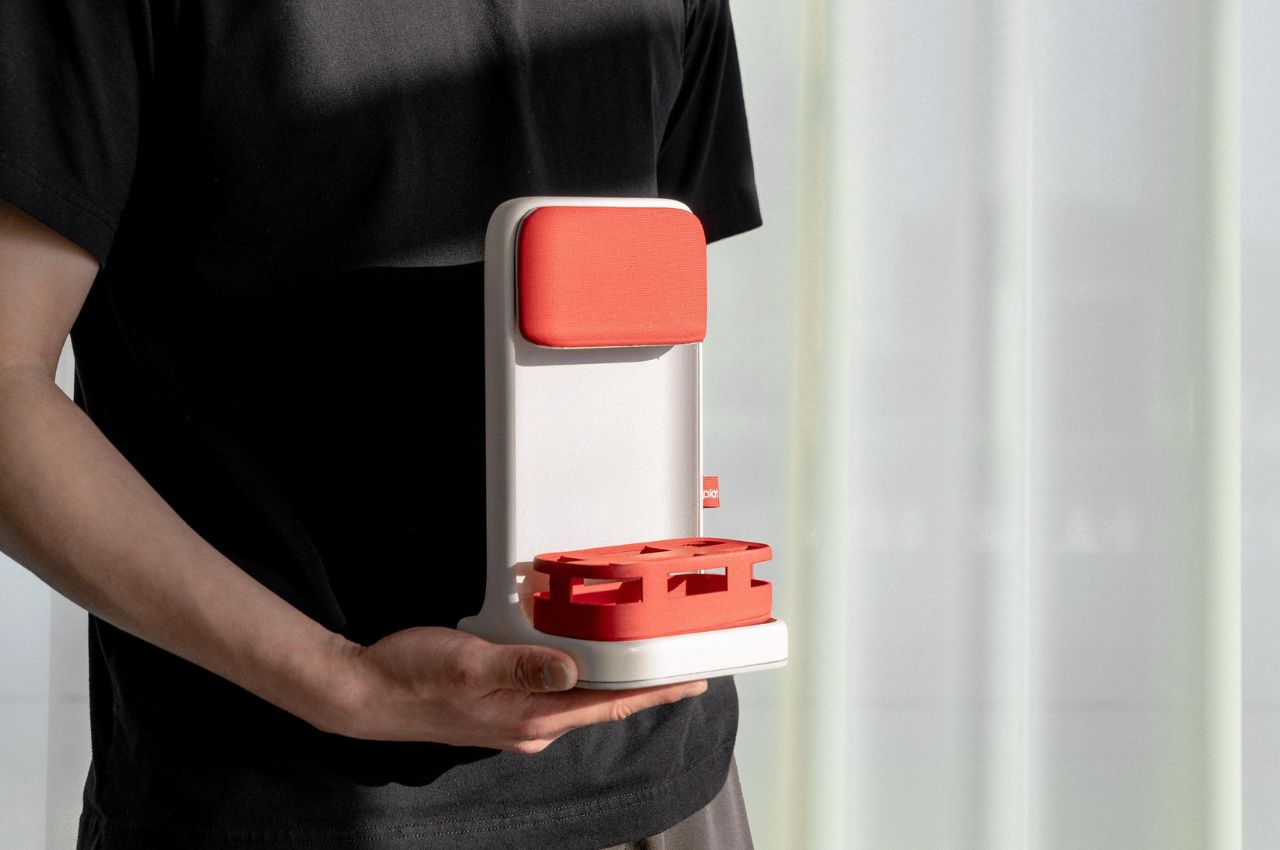
One of Plat’s standout features is its custom typography logo, inspired by the diverse shapes of kitchen cutlery. The logo’s geometric sans design blends soft and sharp edges, creating a cohesive and organized visual identity. Additionally, Plat’s graphic elements draw inspiration from common cooking experiences, simplifying forms such as sprayed sauce, stacked plates, and water vapor into sleek and functional designs.
Plat offers 2 desk products designed to enhance productivity and comfort.
1. Wireless Charging Dock:
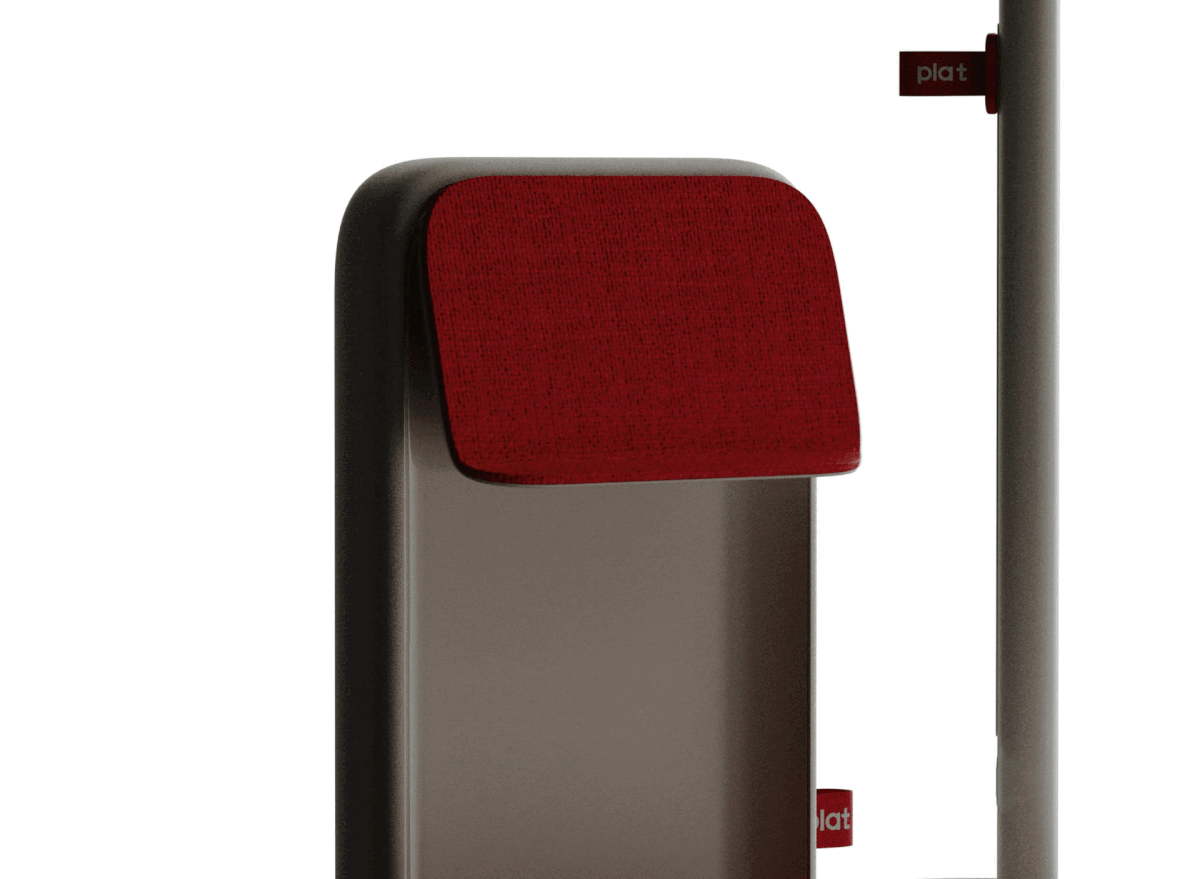
This multifunctional cradle serves not only as a wireless charging station for smartphones but also as a trigger for initiating work sessions.
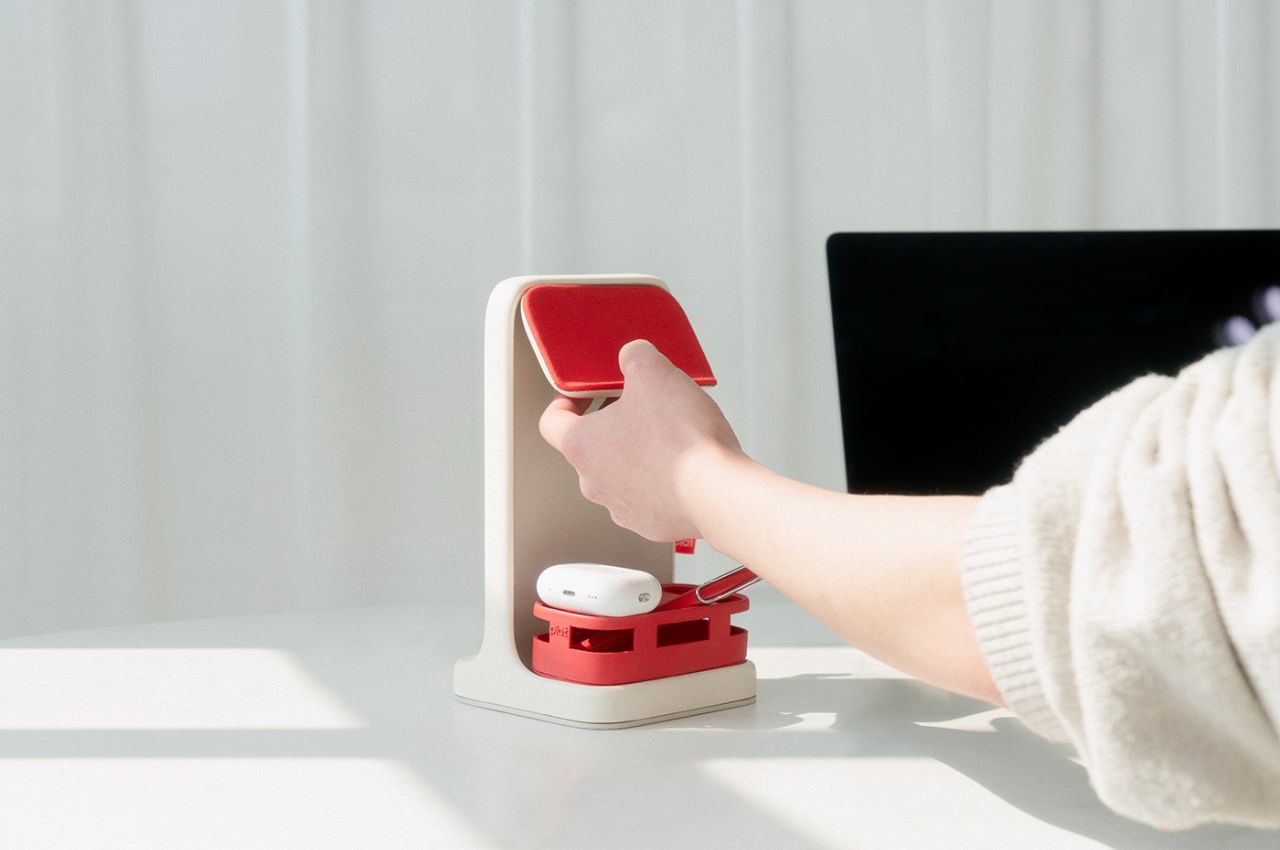
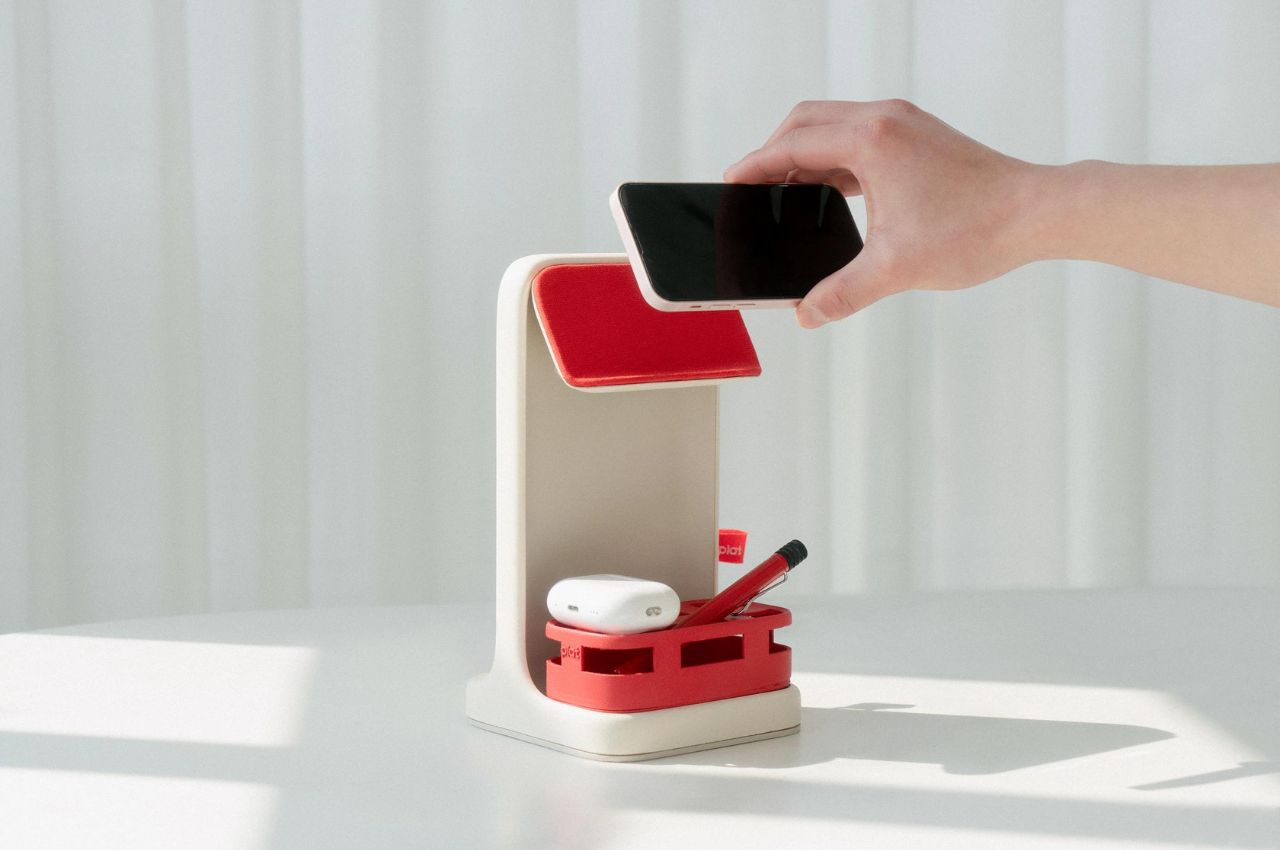
The interaction begins with the lifting of the cradle, which activates an ambient light, signaling the start of focused work. As the user settles into their tasks, the identity timer embedded within the interface architecture comes into play. Drawing inspiration from the gradual heat buildup in cooking, this timer employs color interactions that intensify over time, subtly guiding users to recognize the passage of time. It also has additional wired charging ports at the back with a loop to keep the cables safe from damage.
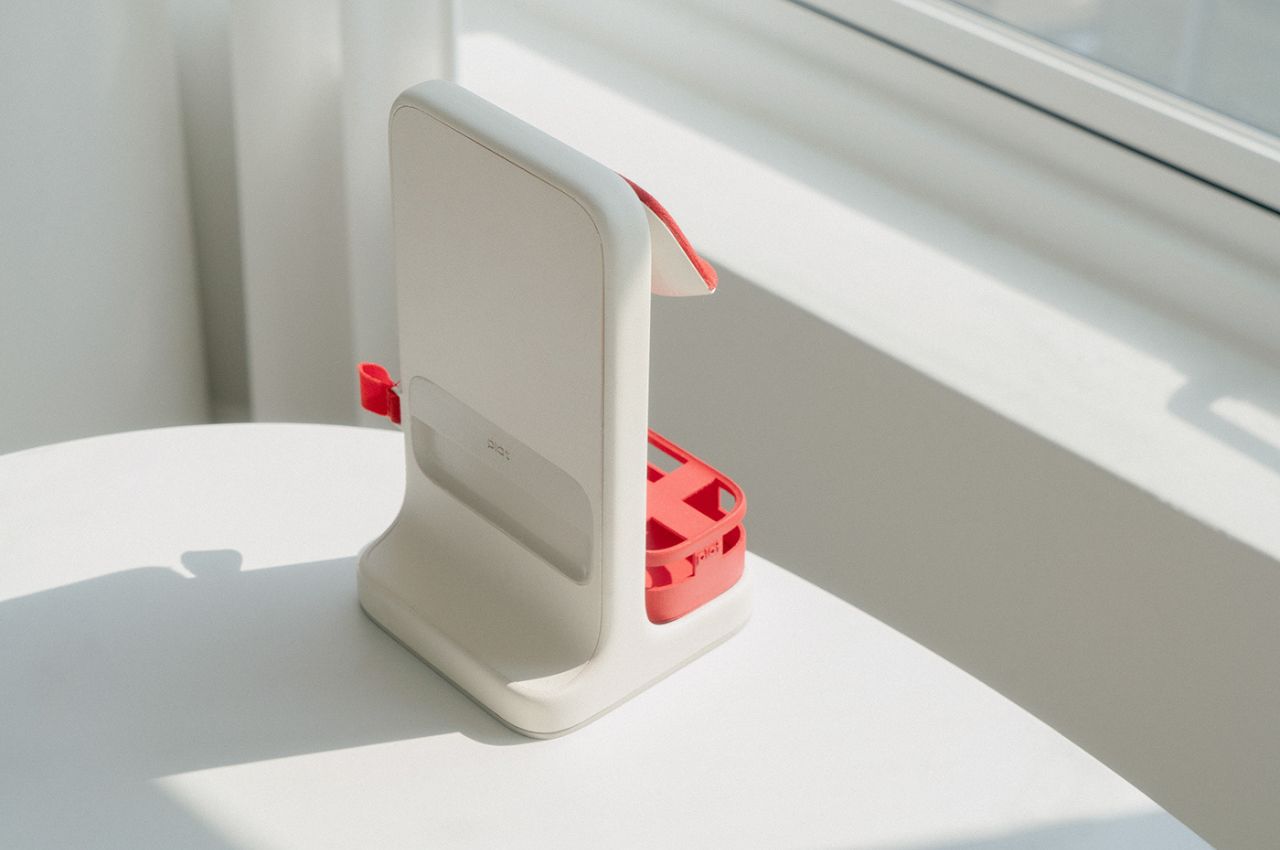
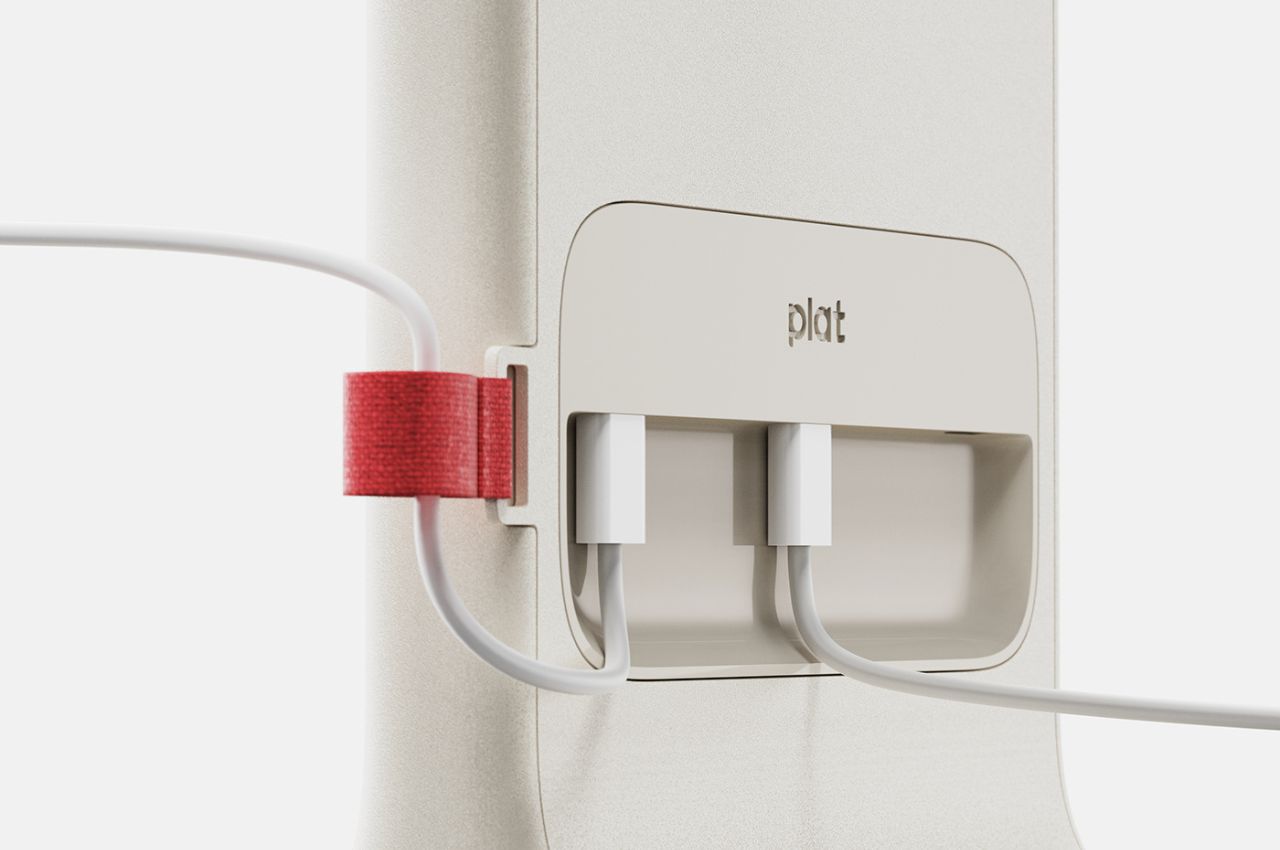
Moreover, Plat’s Wireless Charging Dock goes beyond mere functionality, offering efficient task management tools through its intuitive dashboard interface on the smartphone. Users can effortlessly track urgent goals and sub-tasks, monitor weekly work time and concentration levels, and access detailed analysis reports for insightful self-assessments. The inclusion of a storage box at the bottom ensures organizational ease, accommodating essentials such as pens, chargers, and stationery, while a charging inlet and cable loop prevent clutter and damage.
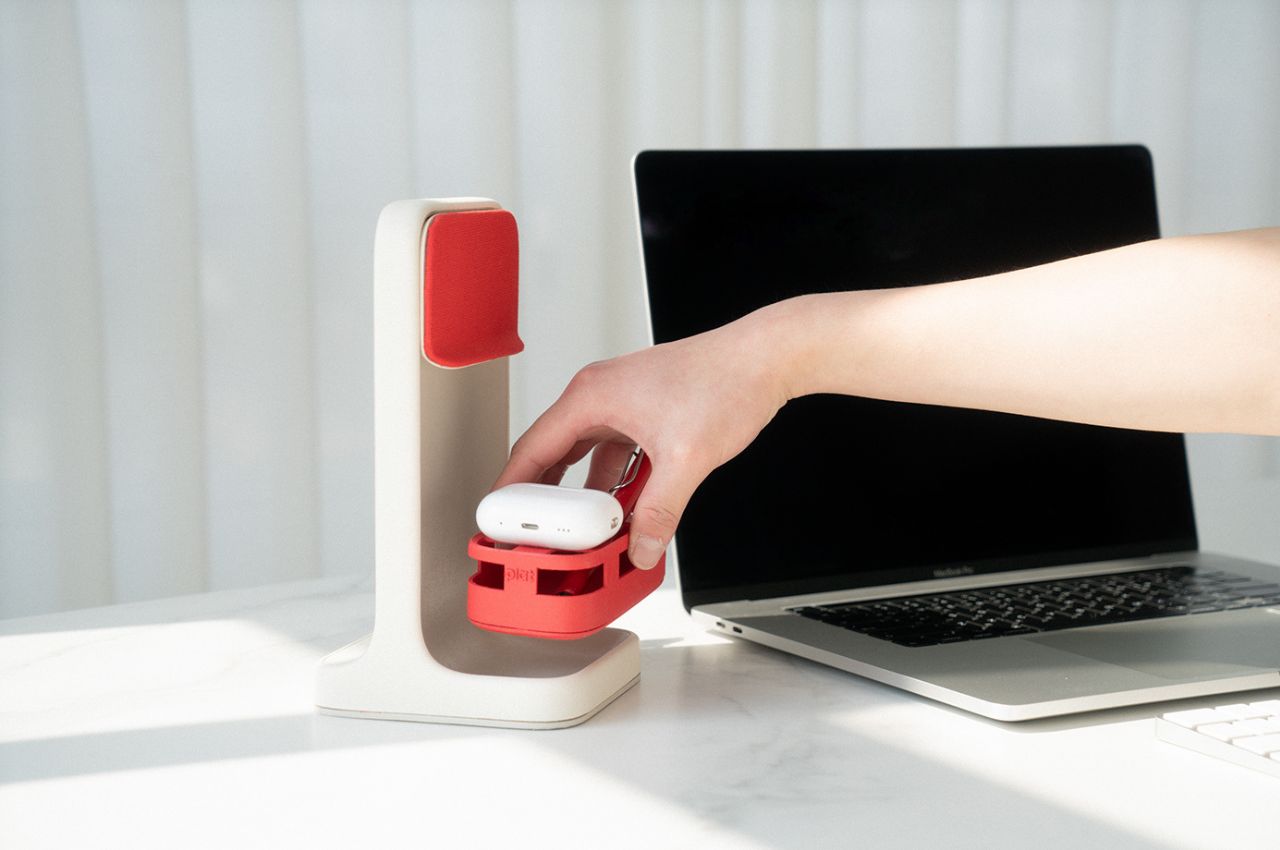
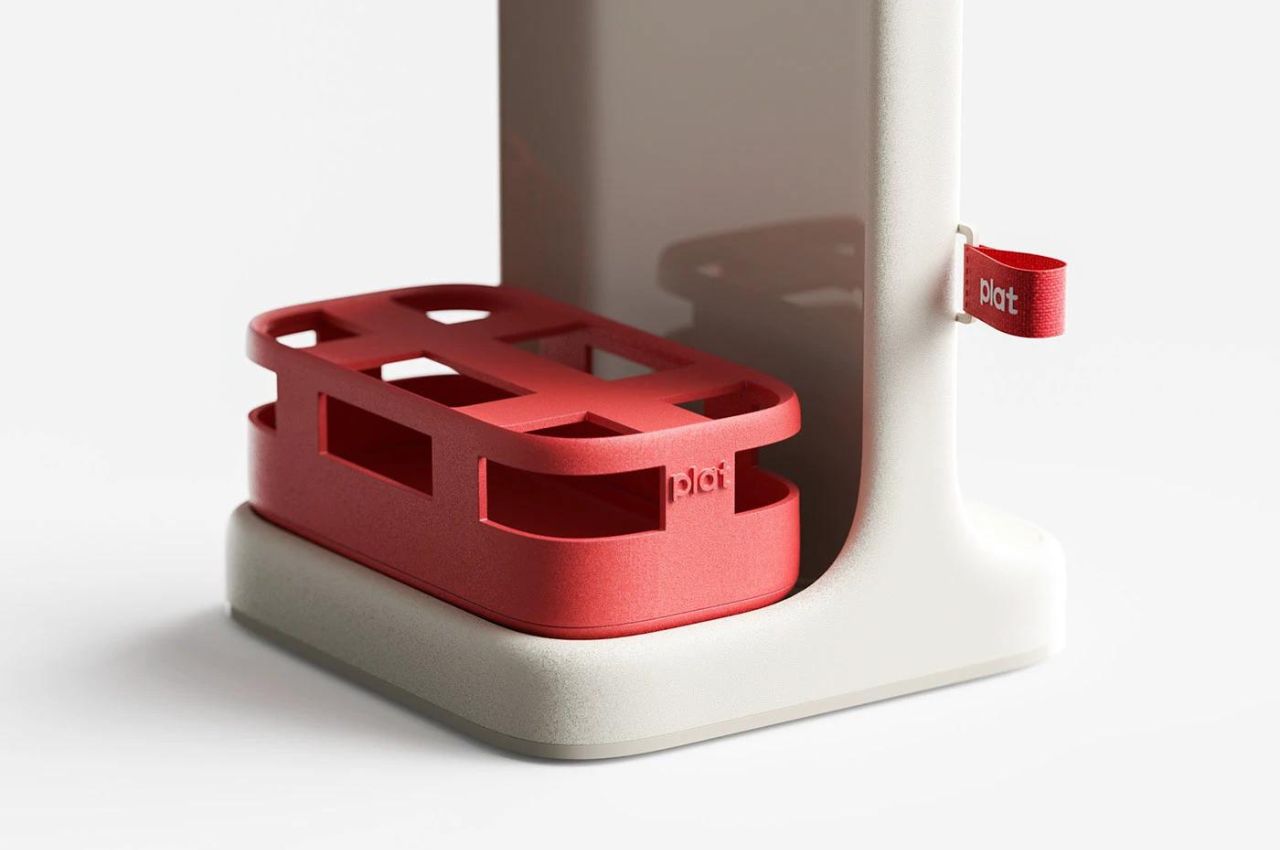
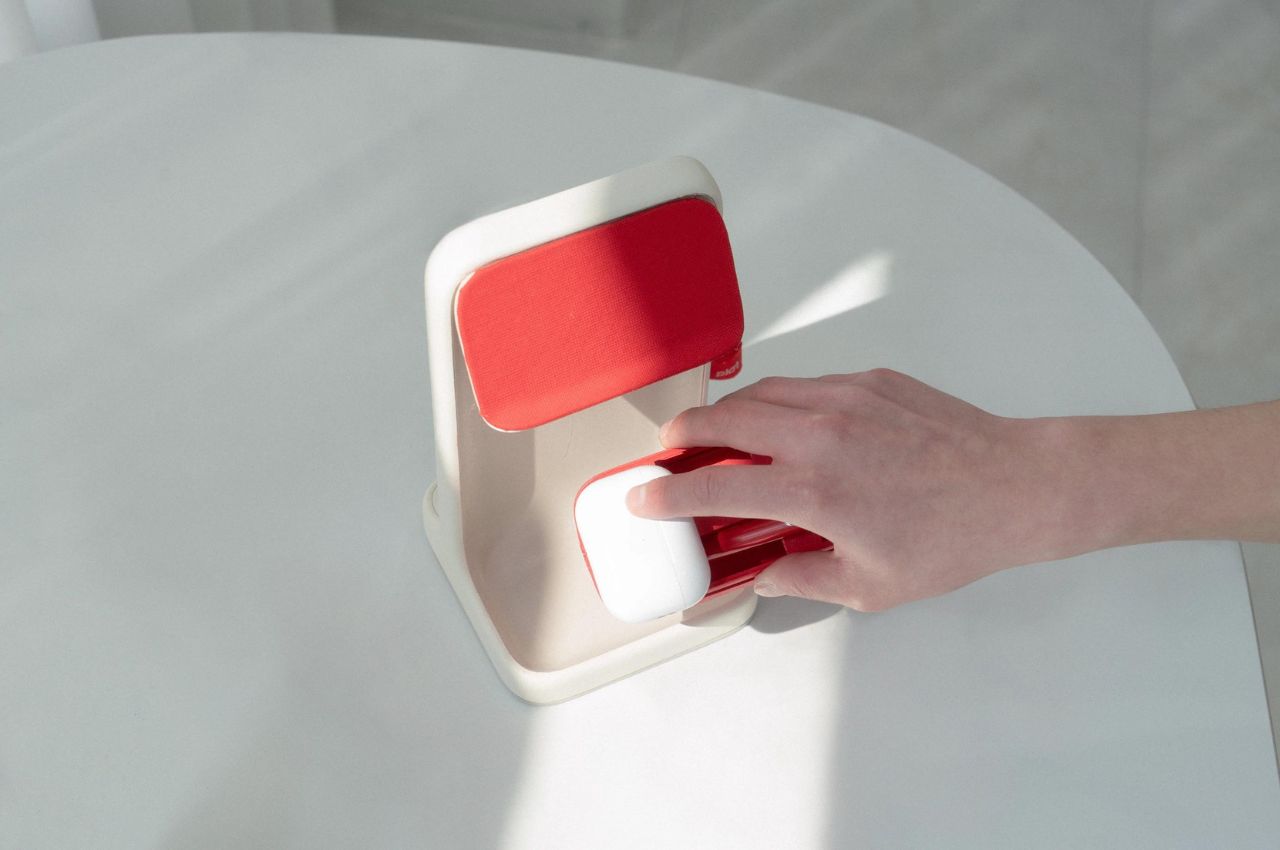
2. Desk Lighting:
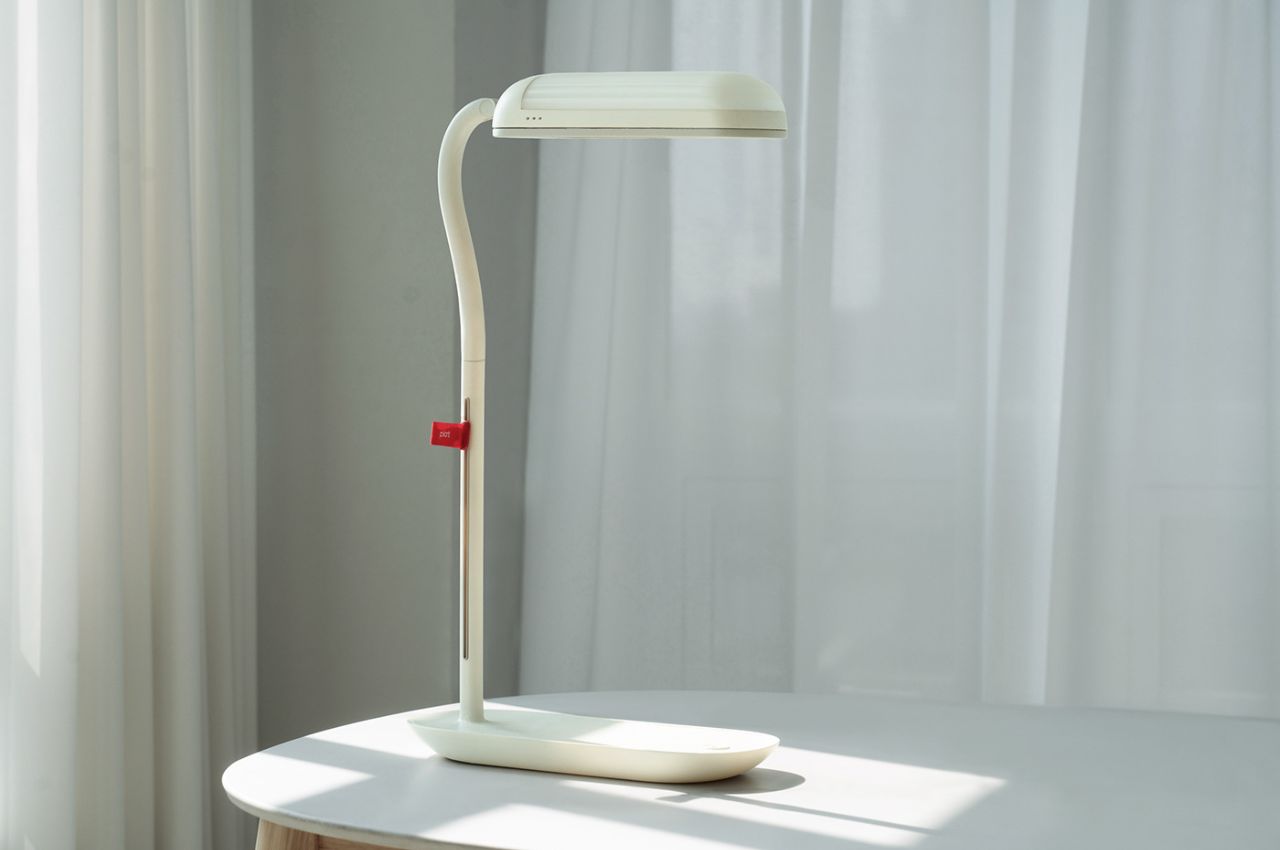
In a nod to the comforting ambiance of a kitchen after a satisfying meal, Plat’s Desk Lighting draws inspiration from familiar culinary motifs. This innovative light fixture features upper indirect lighting that illuminates workspaces during task-oriented sessions. However, its functionality transcends mere illumination.
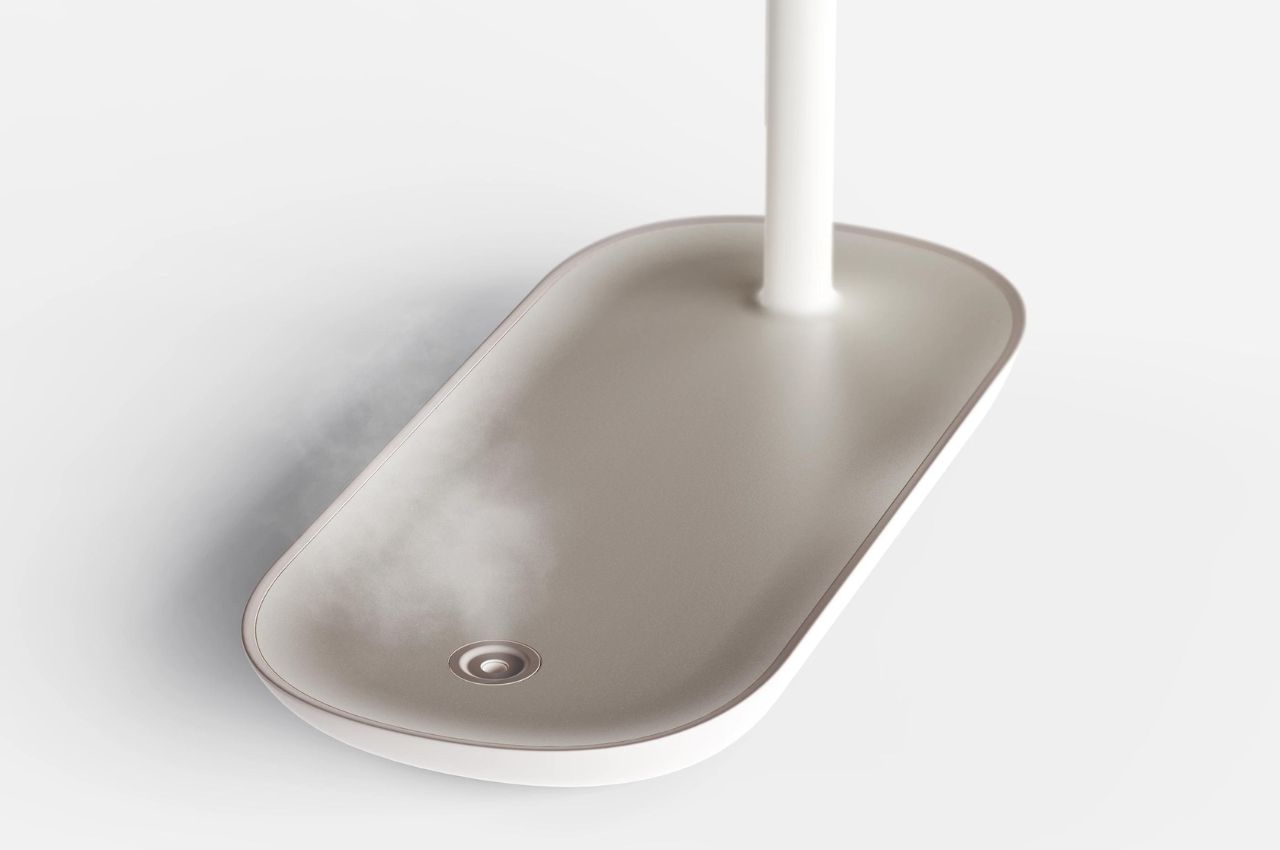
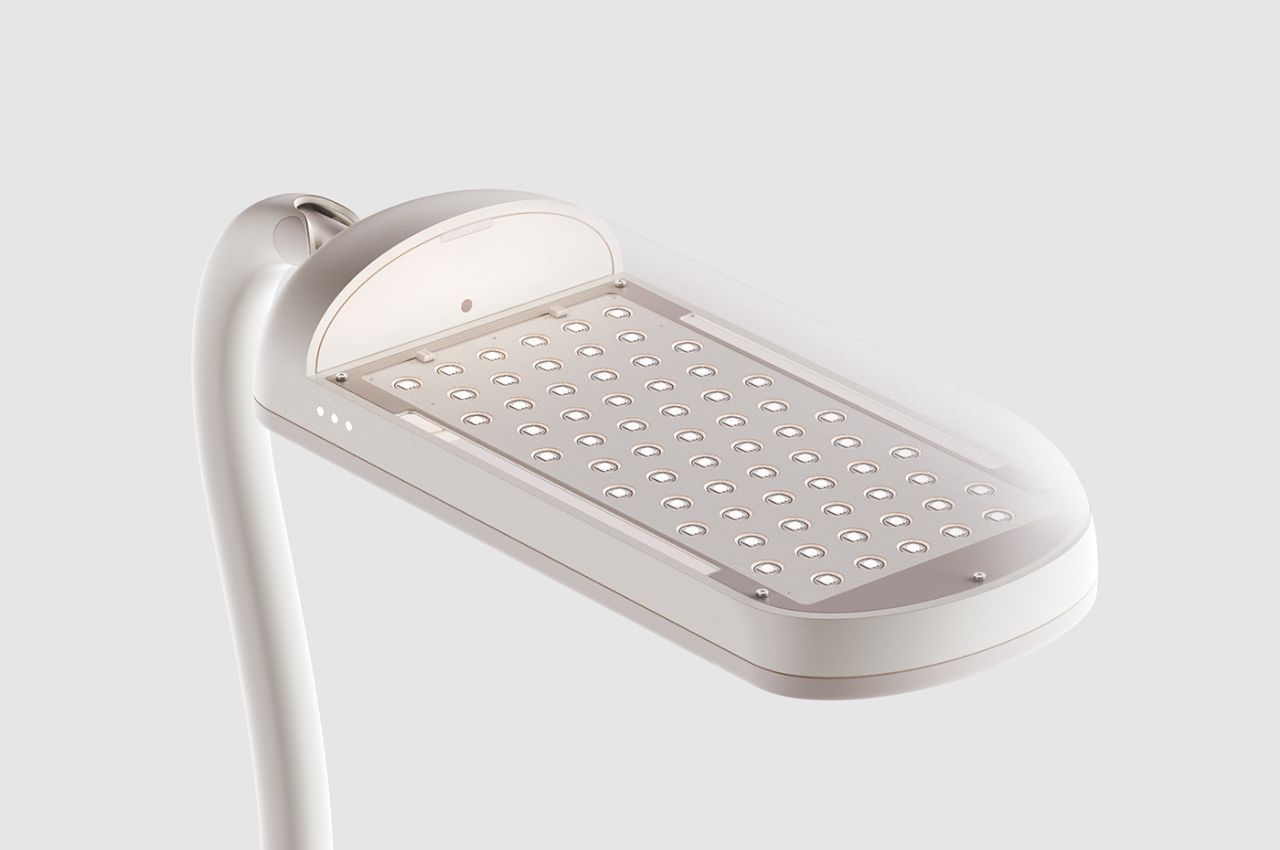
Upon completion of work time, the indirect lighting gently fades, signaling a transition to rest and relaxation. Simultaneously, a diffuser at the bottom releases subtle scents, evoking a sense of calm and prompting users to take much-needed breaks. Operational usability is paramount, with a labeled button allowing for easy brightness adjustment and a base that accommodates smaller items like phones or stationery.
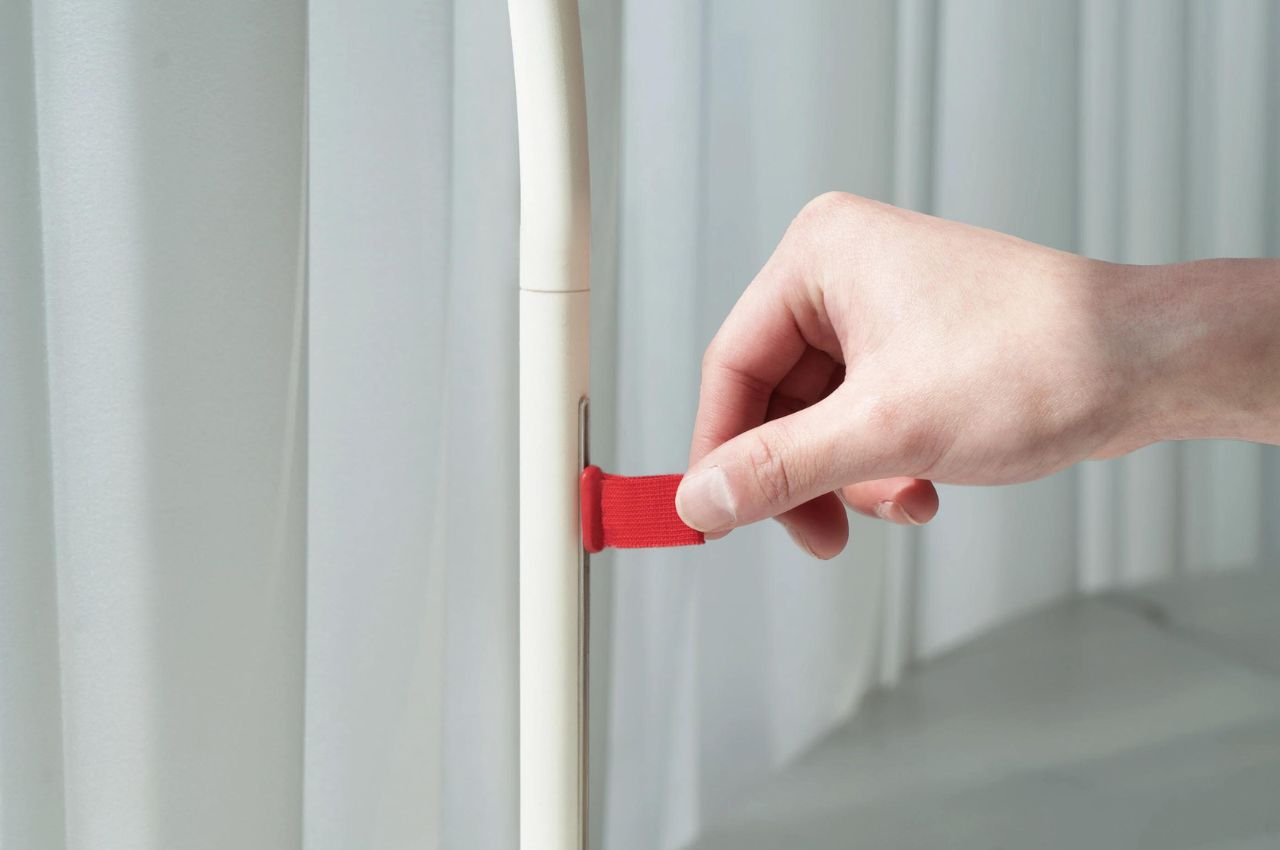
The lighting fixture boasts 60-70 mini LED lights strategically spread across the top pallet, ensuring uniform illumination. Additionally, a connection inlet at the bottom ensures seamless integration with power sources, offering convenience and flexibility.
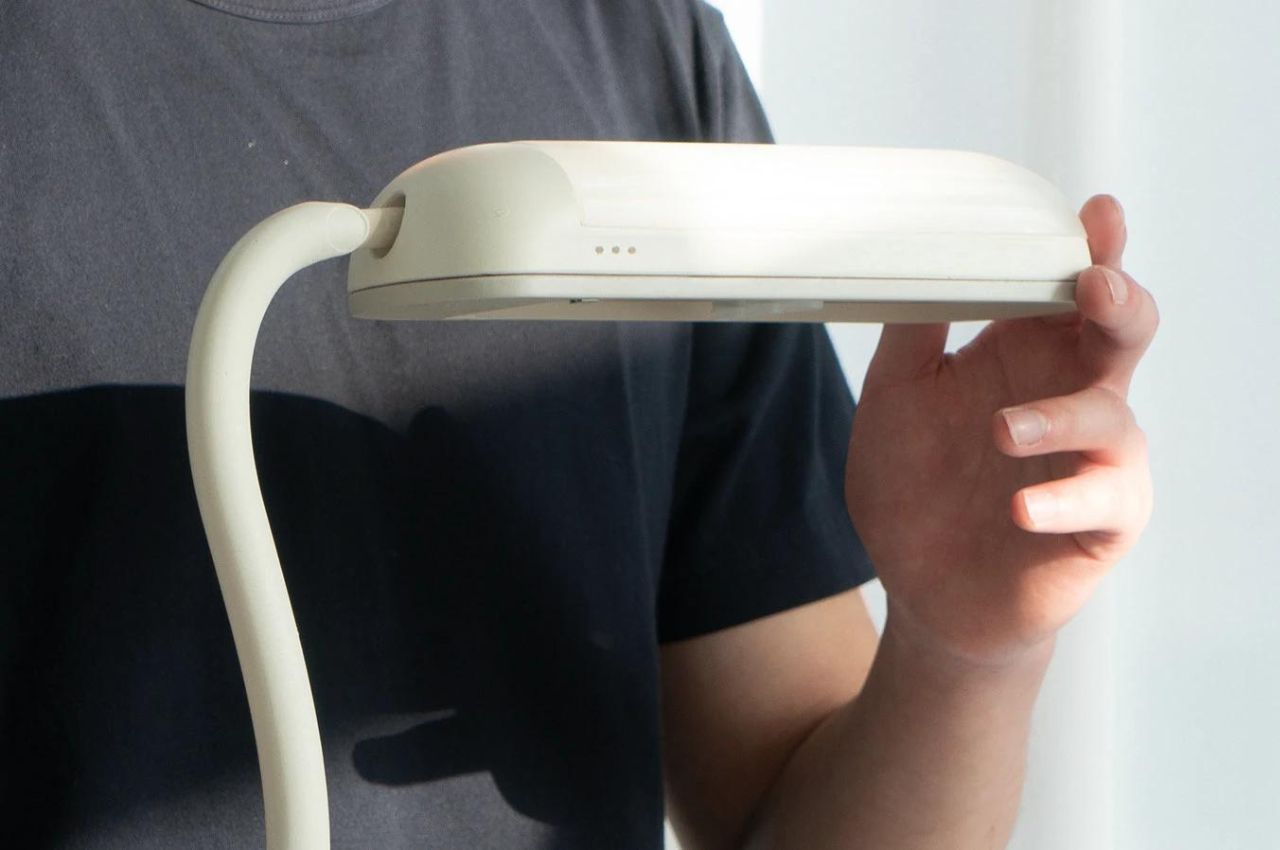
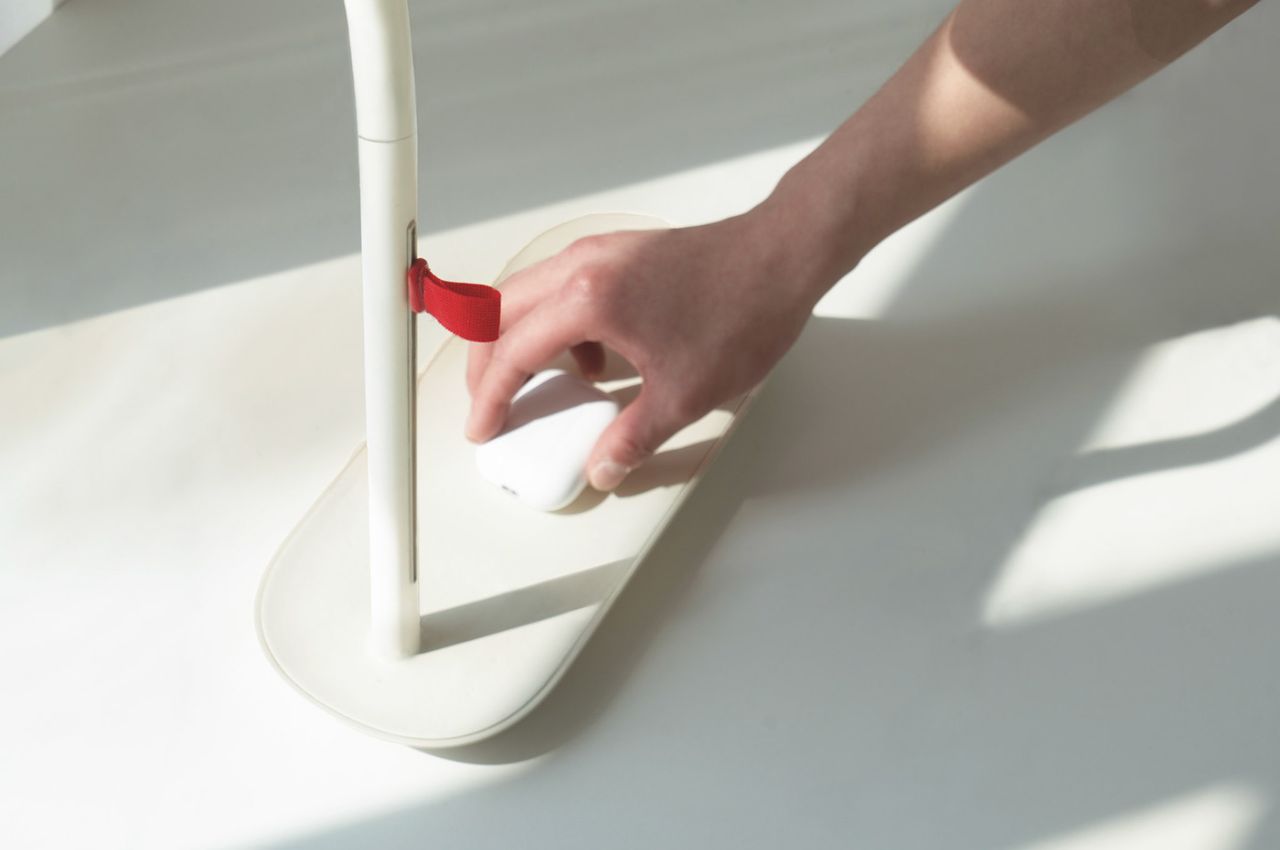
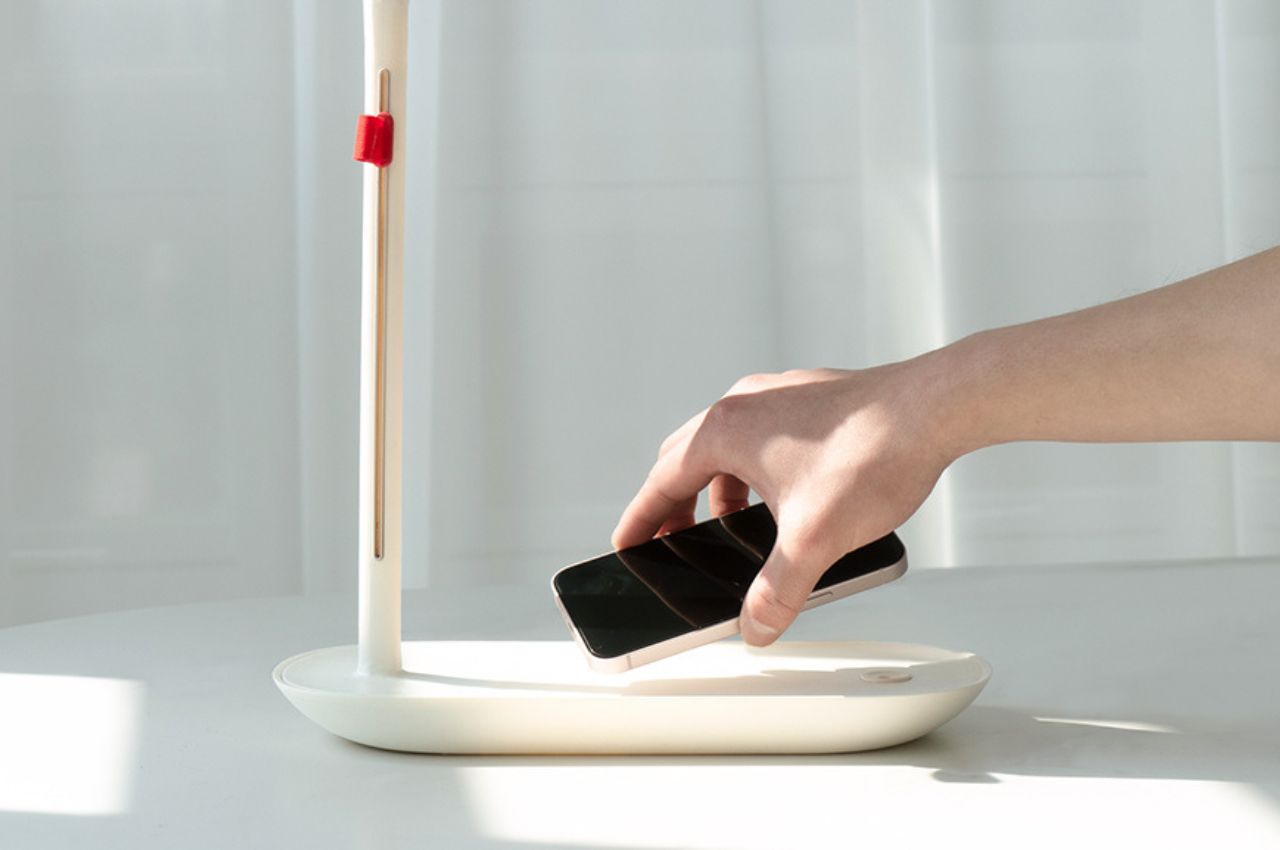
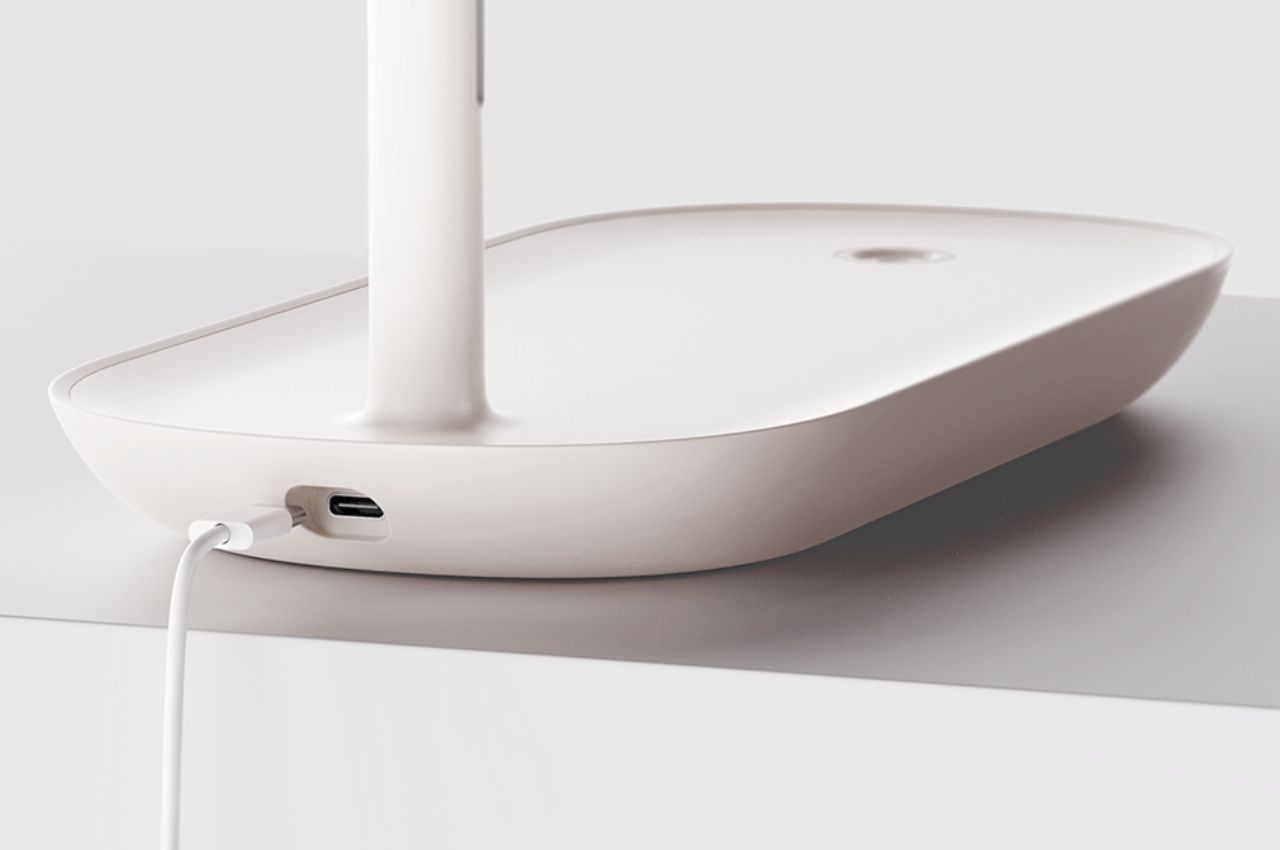
The post These quirky-functional tabletop accessories add a splash of joy and color to your boring workdesk first appeared on Yanko Design.
